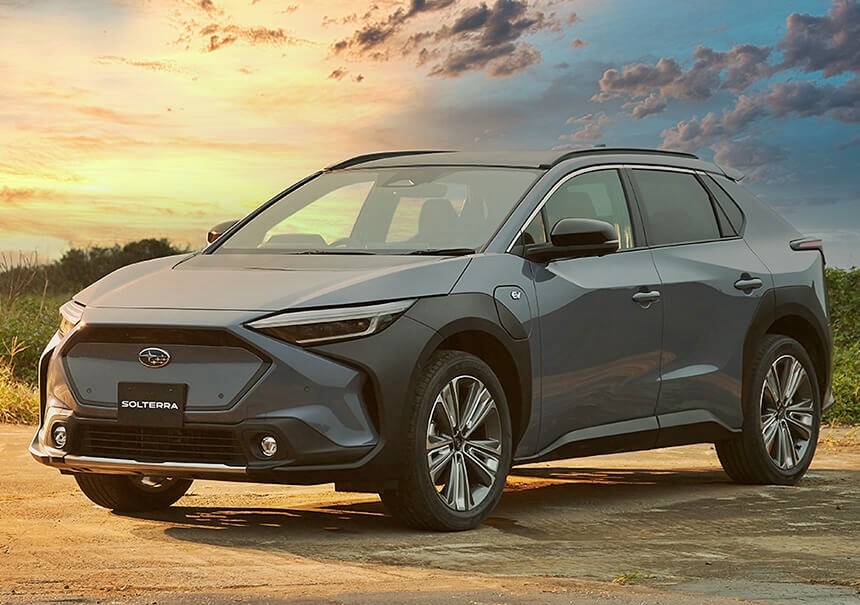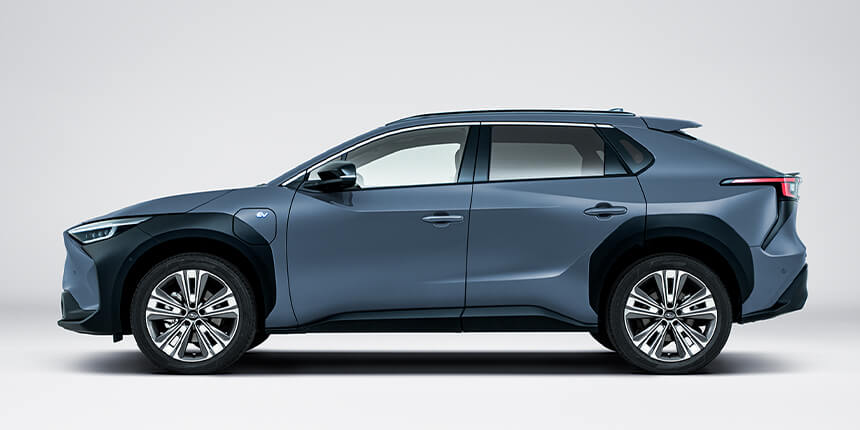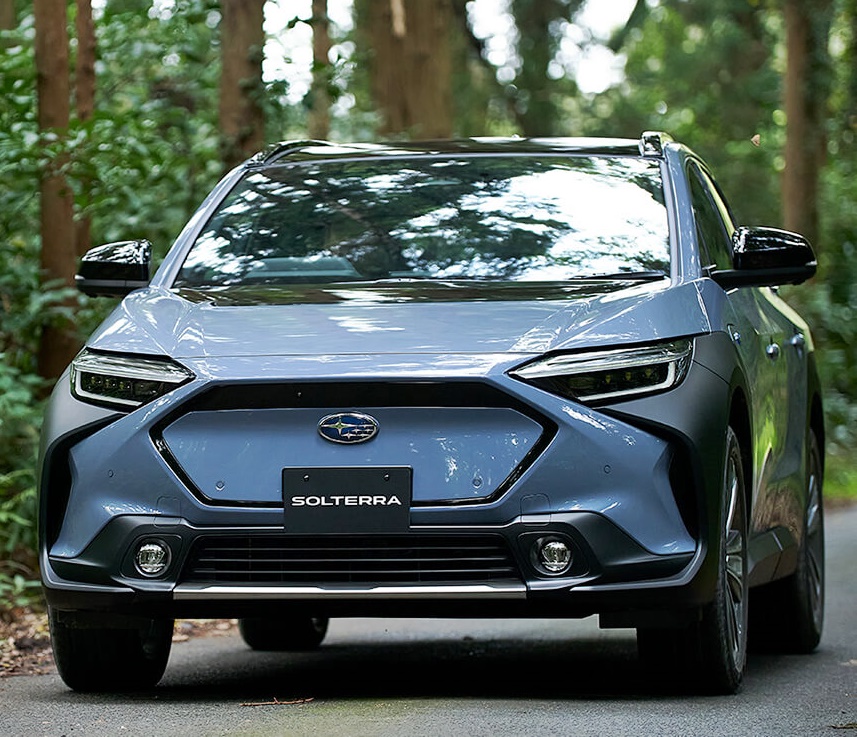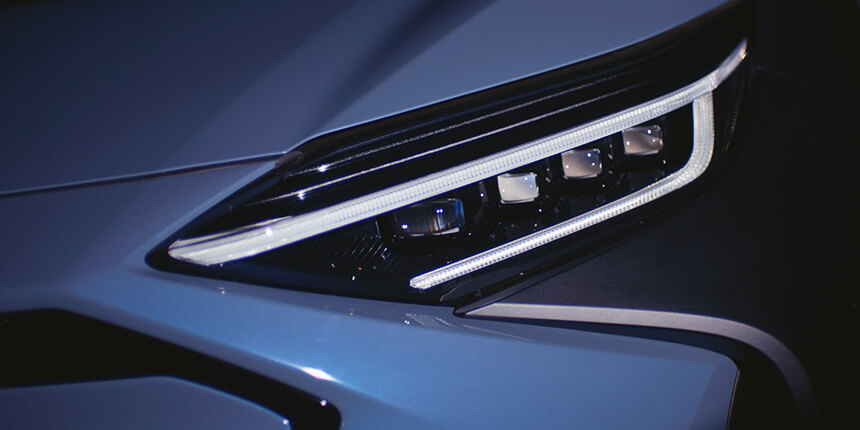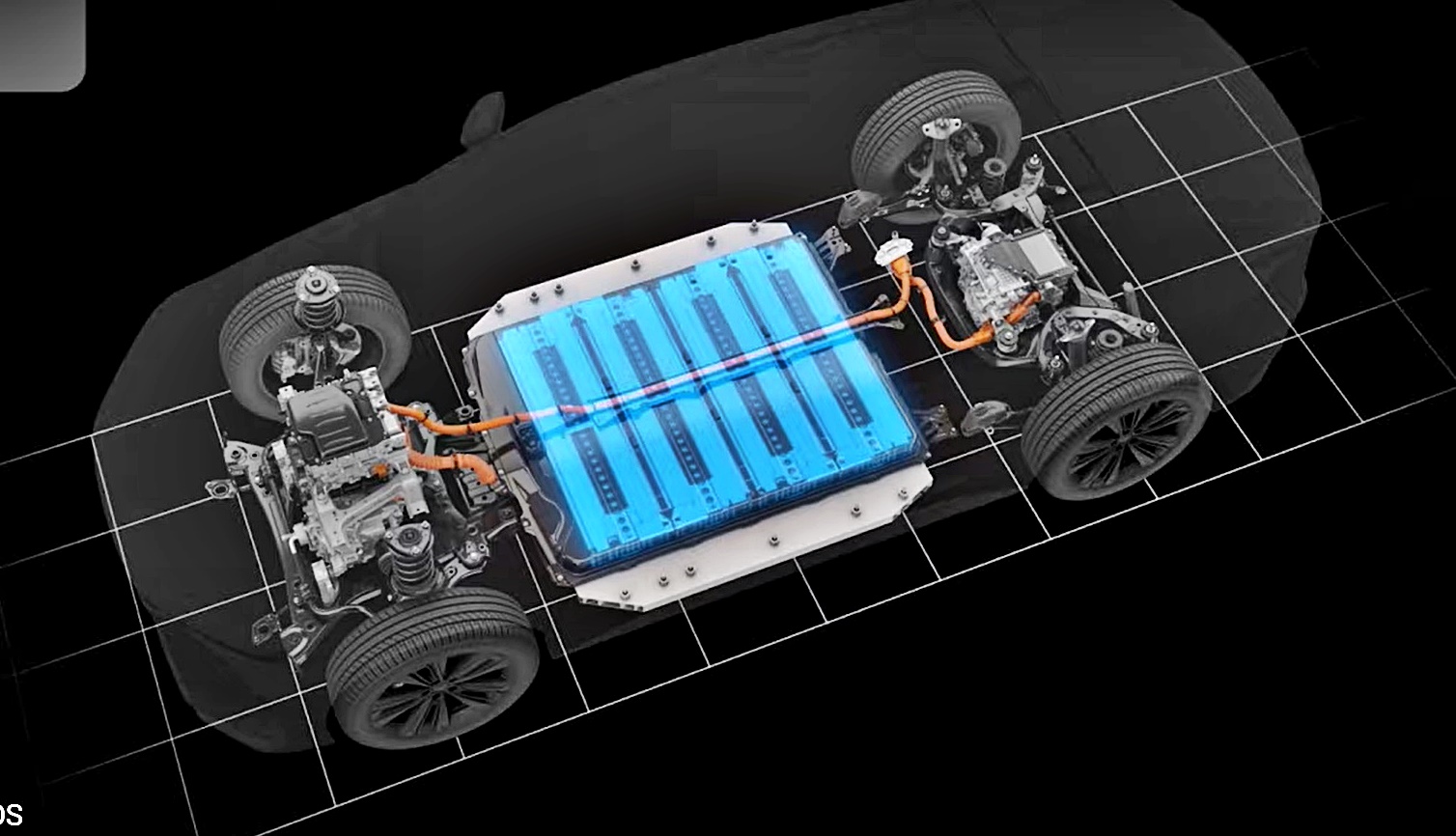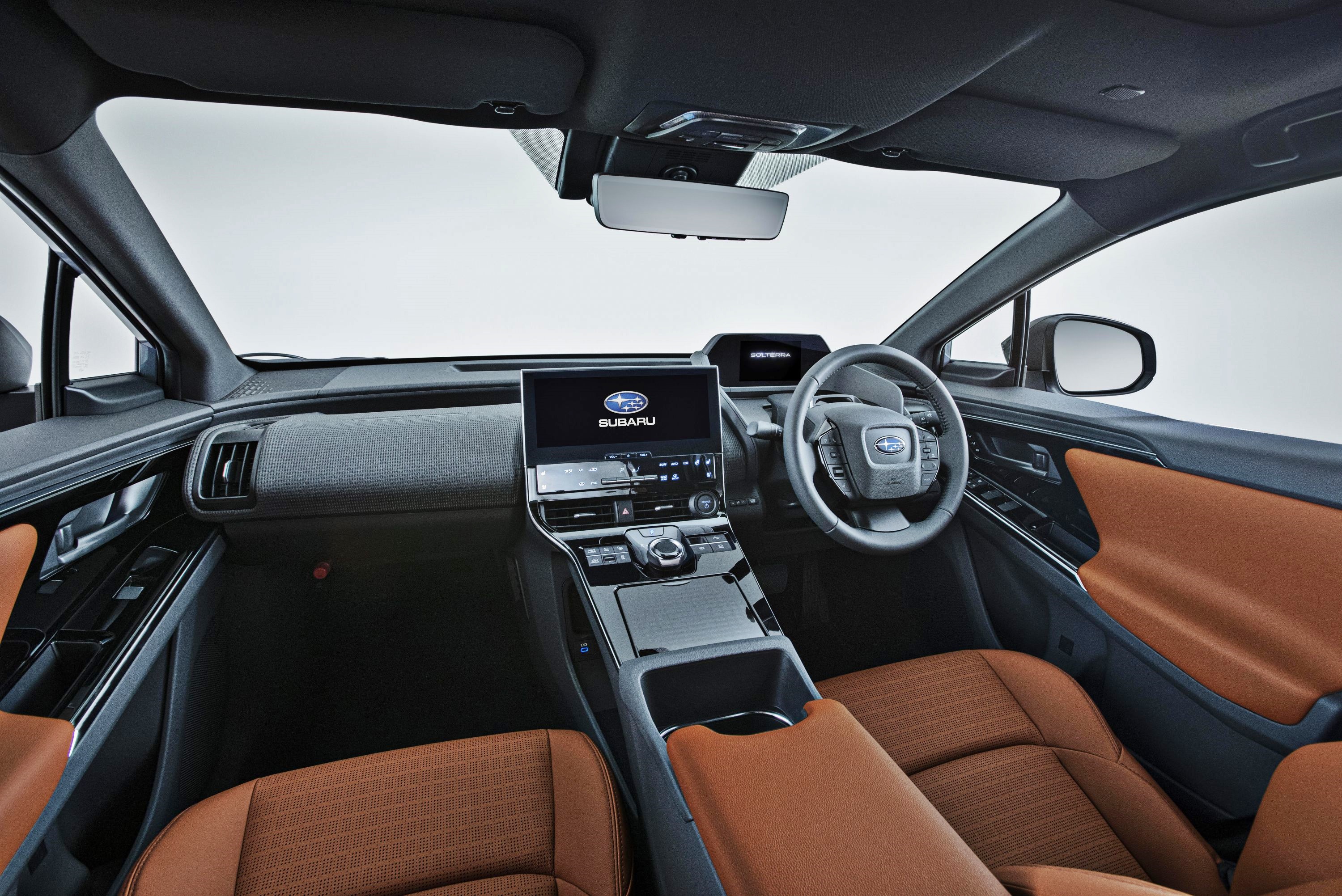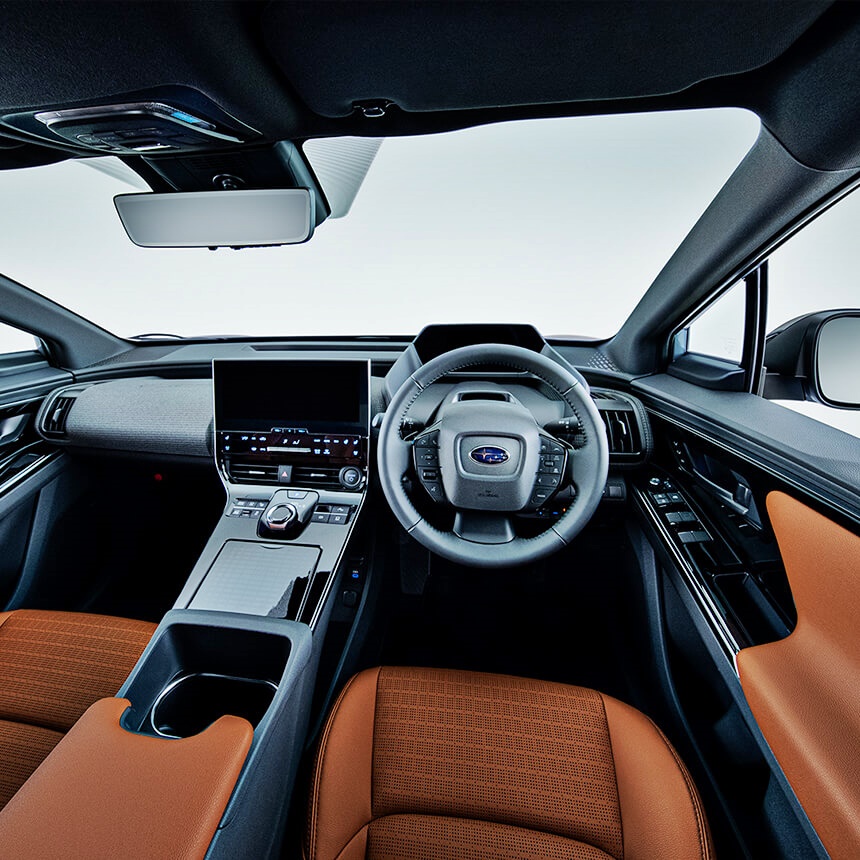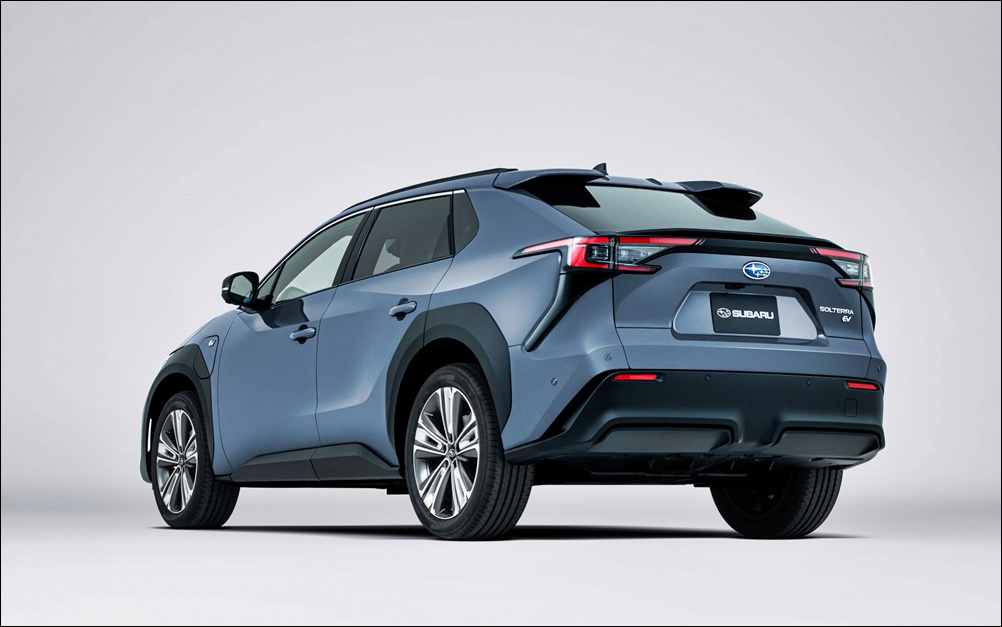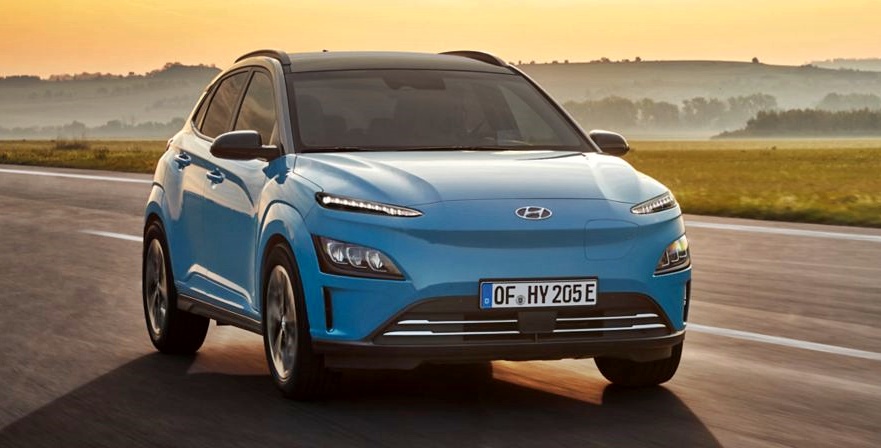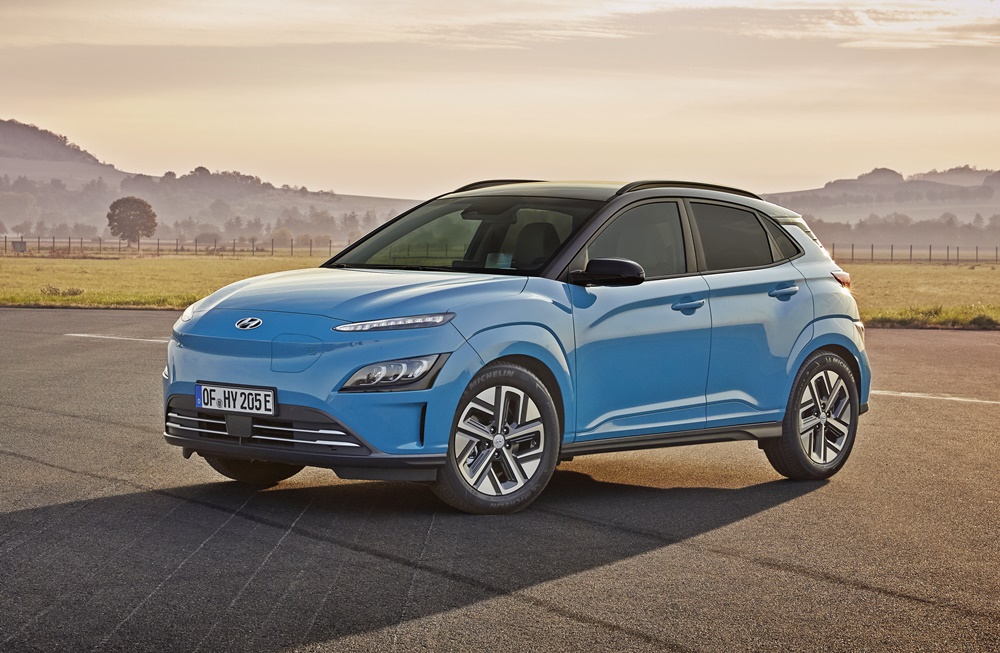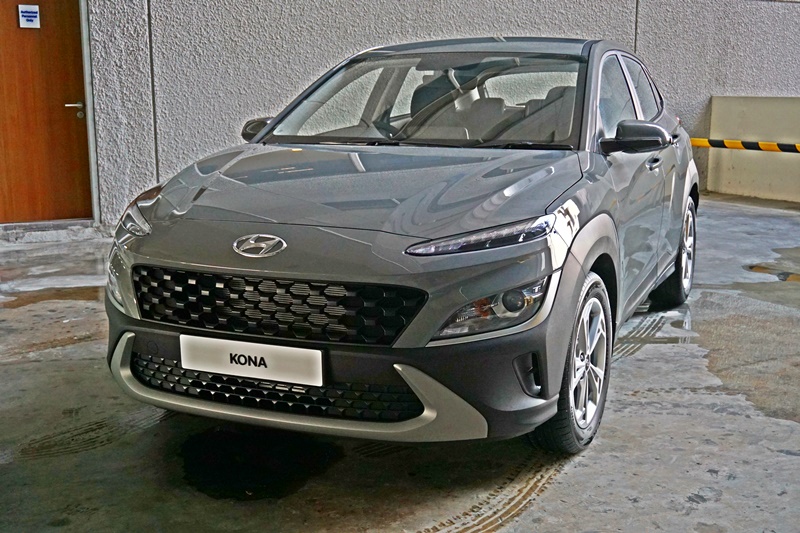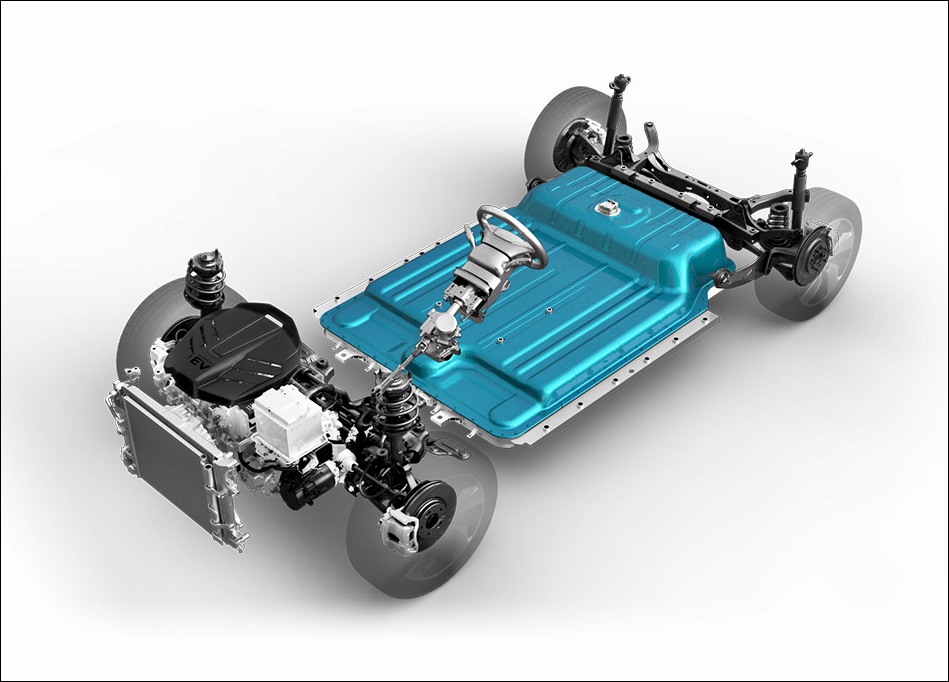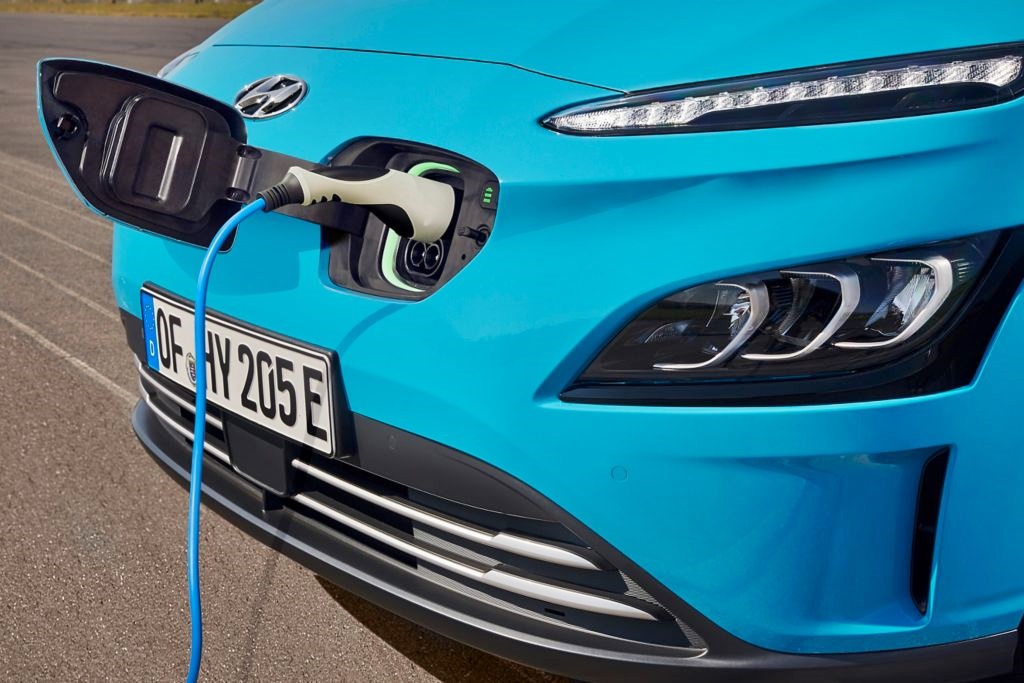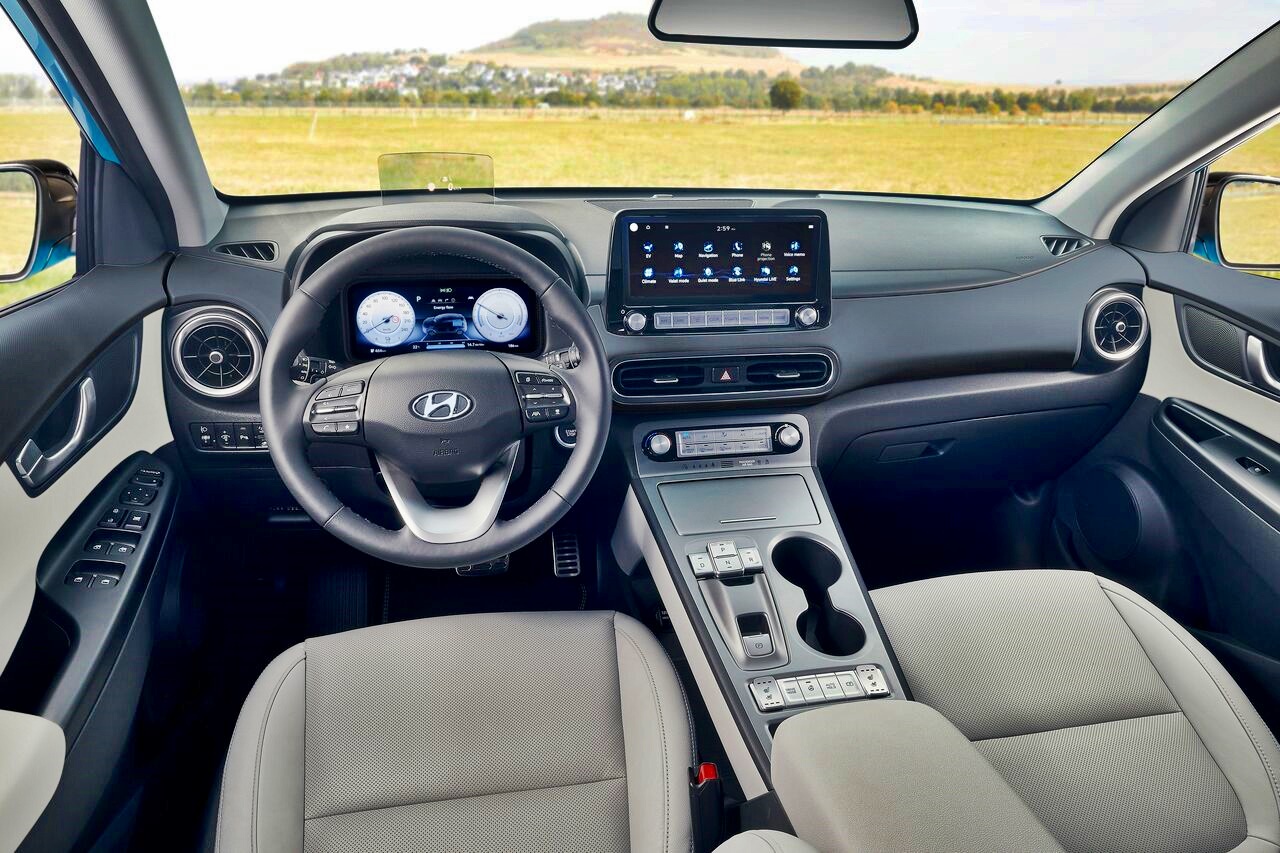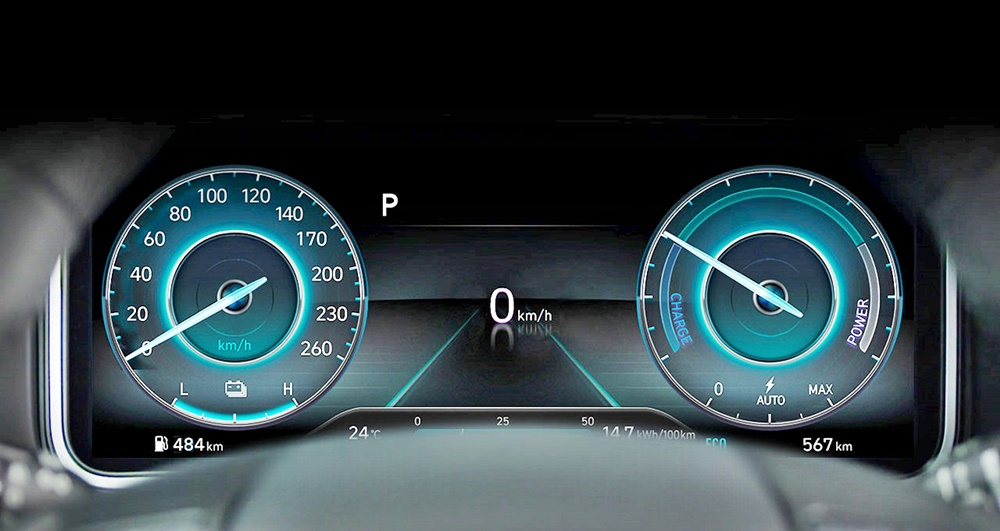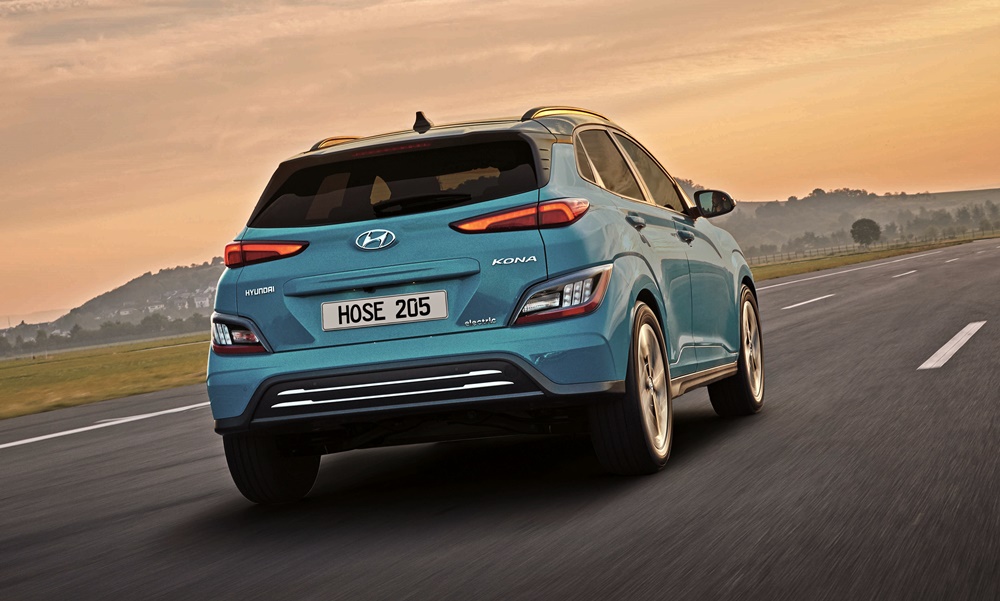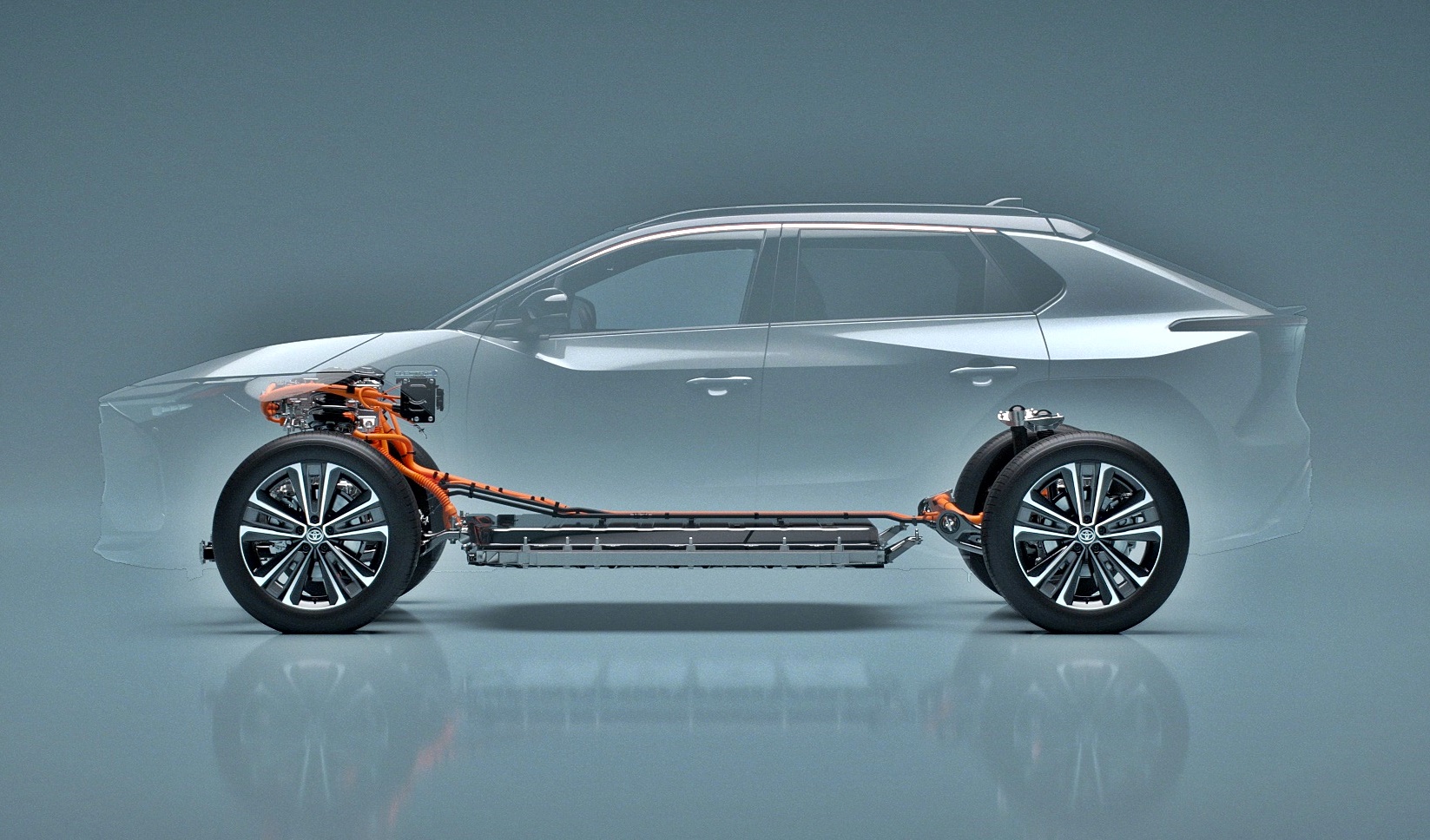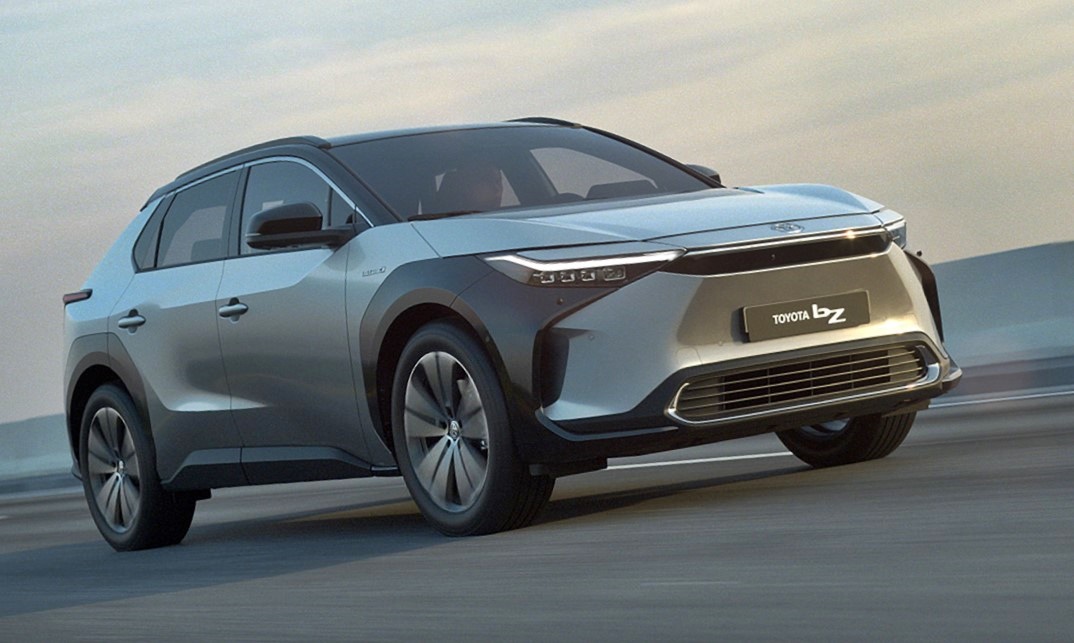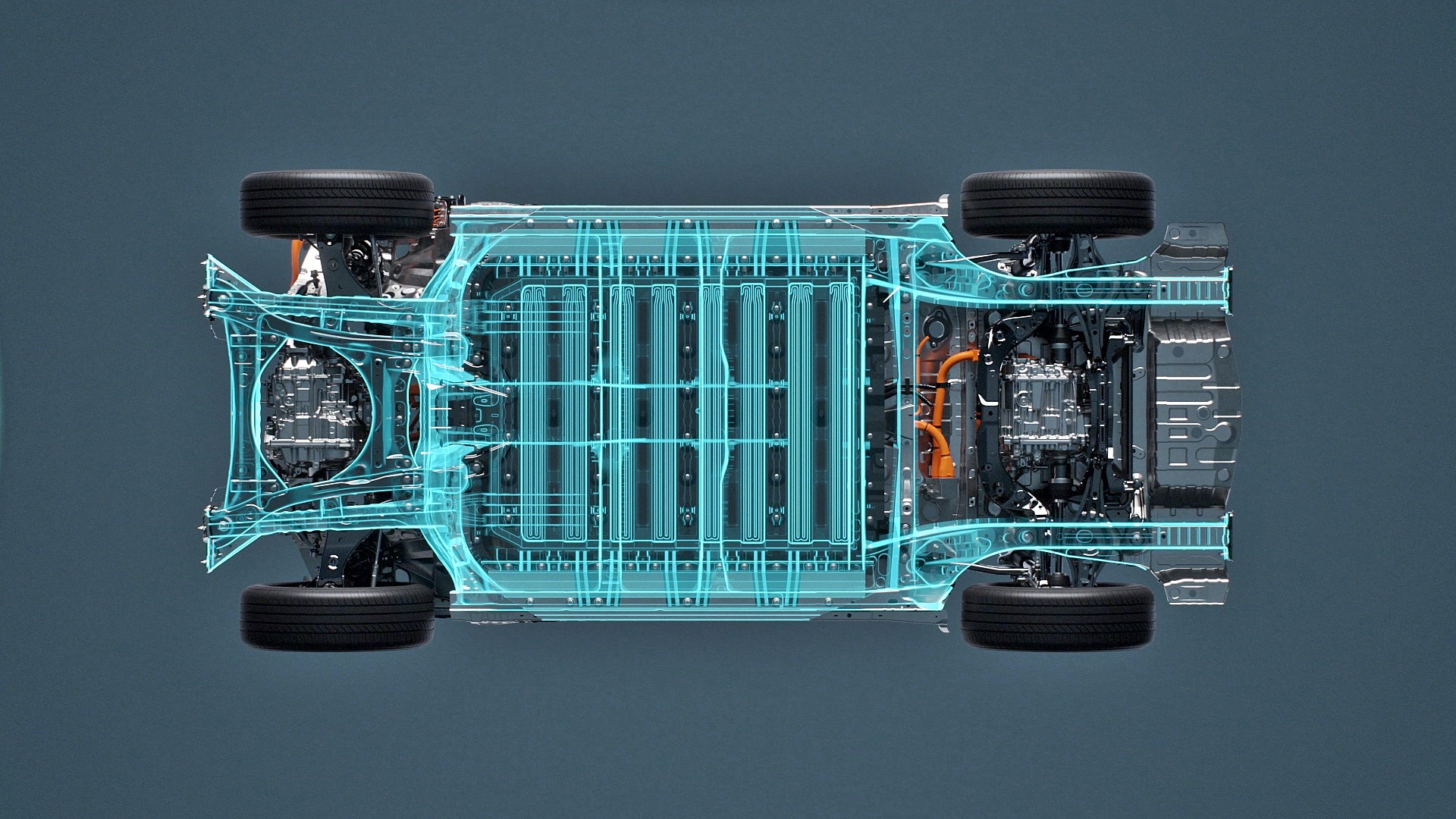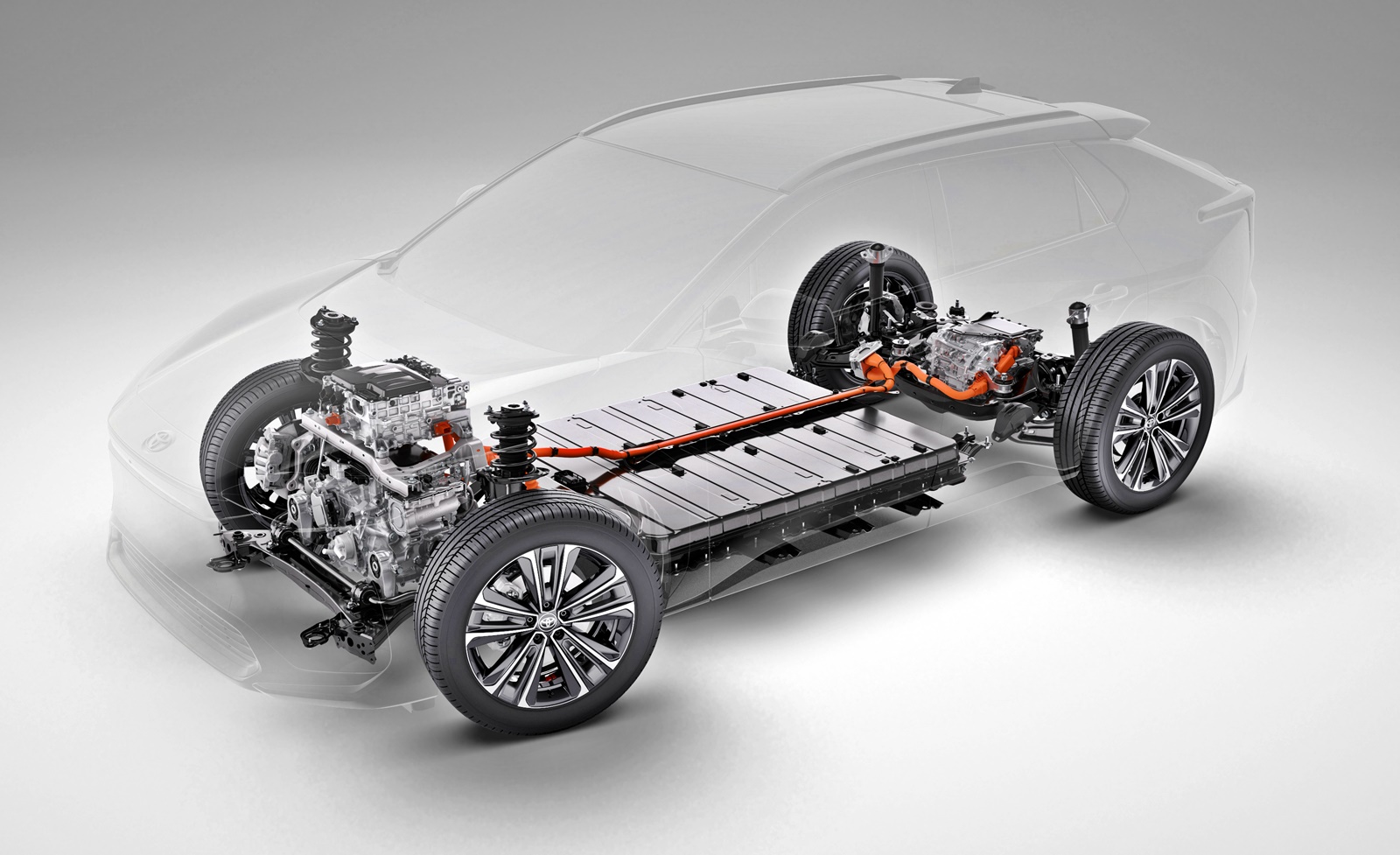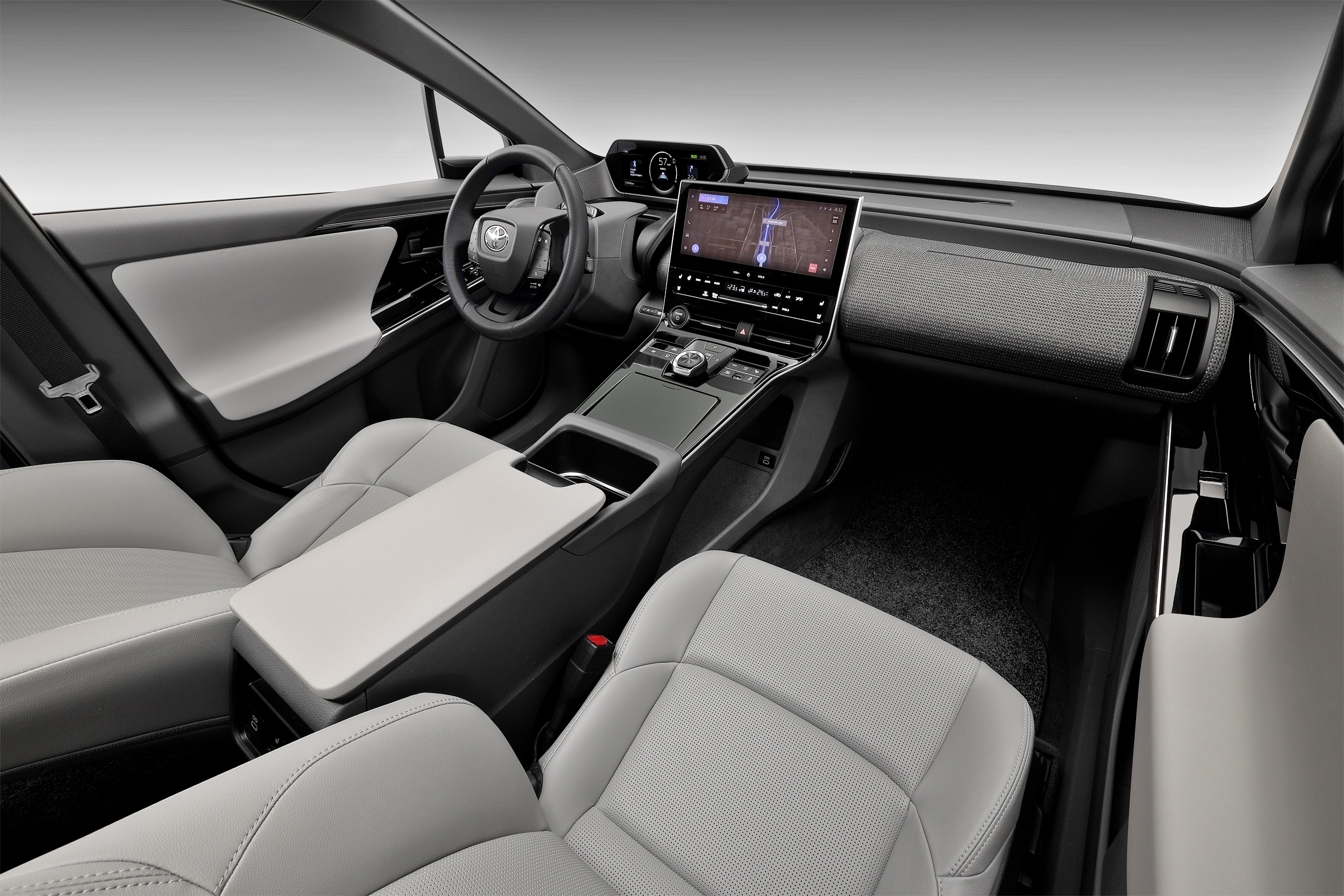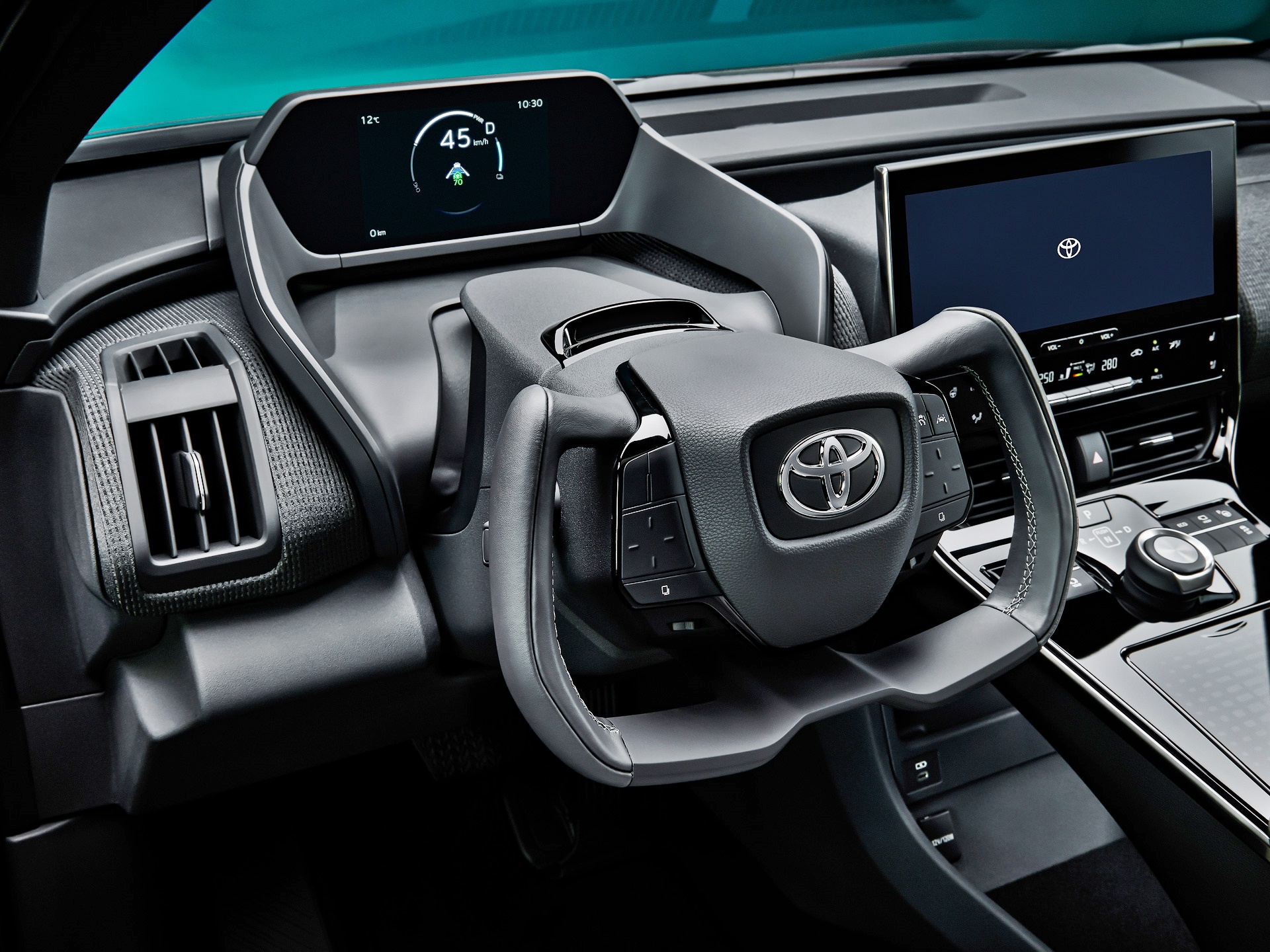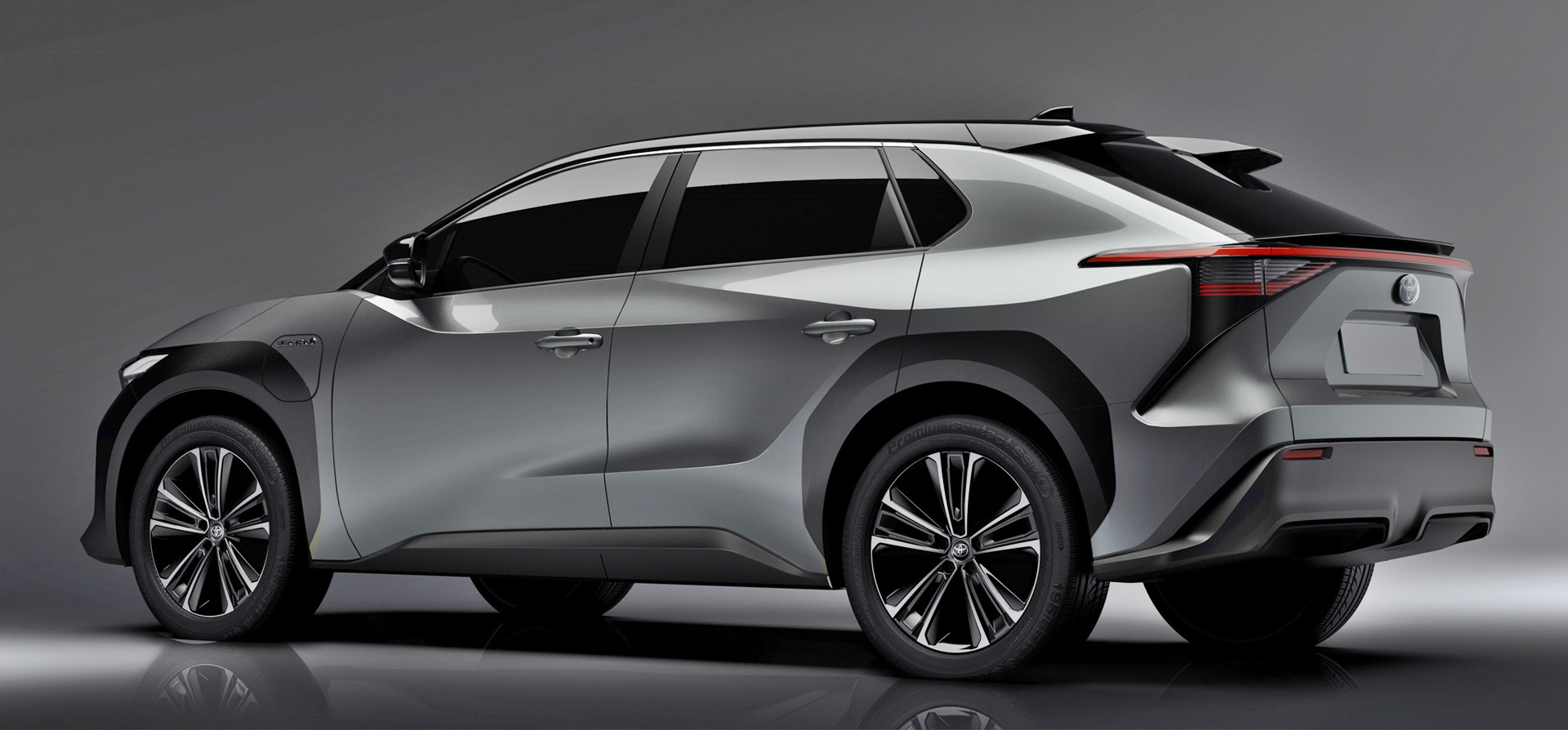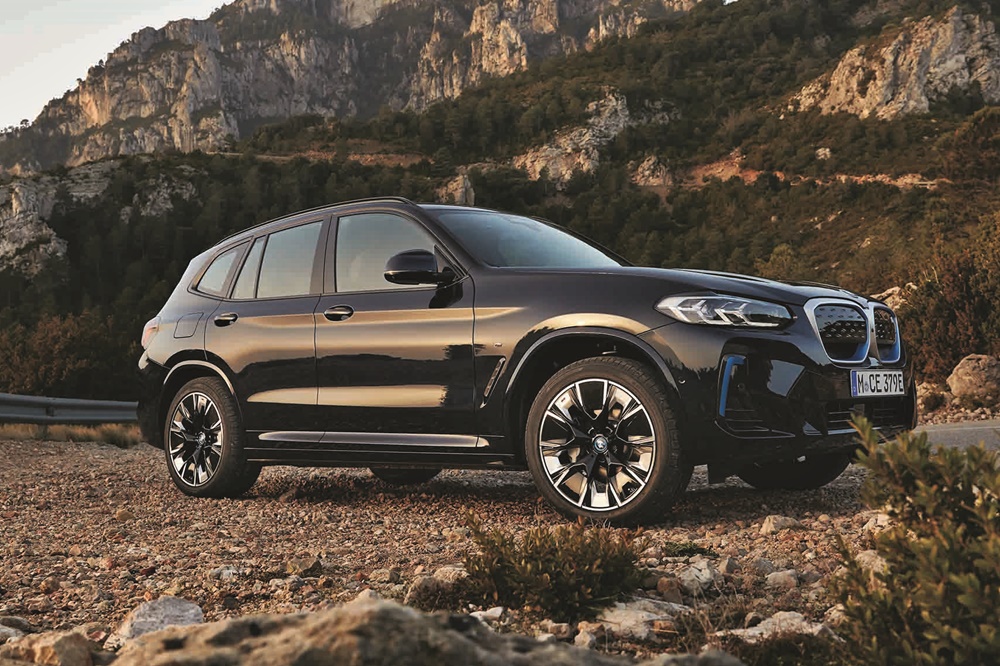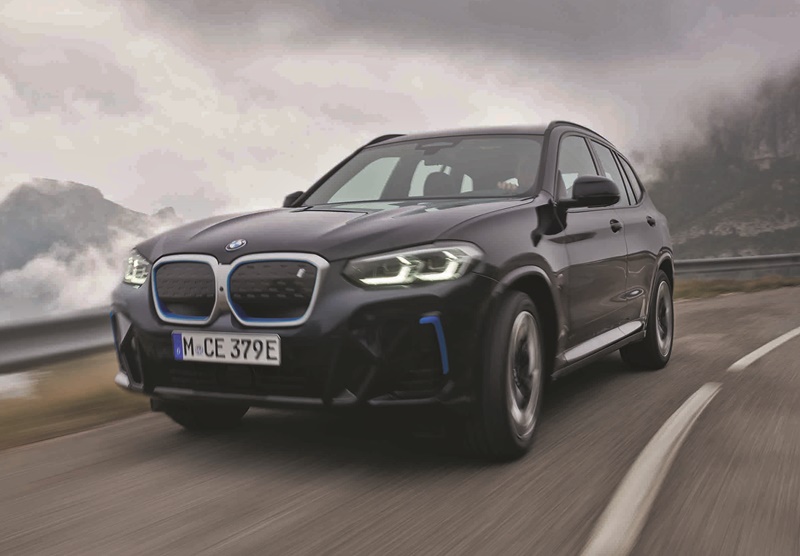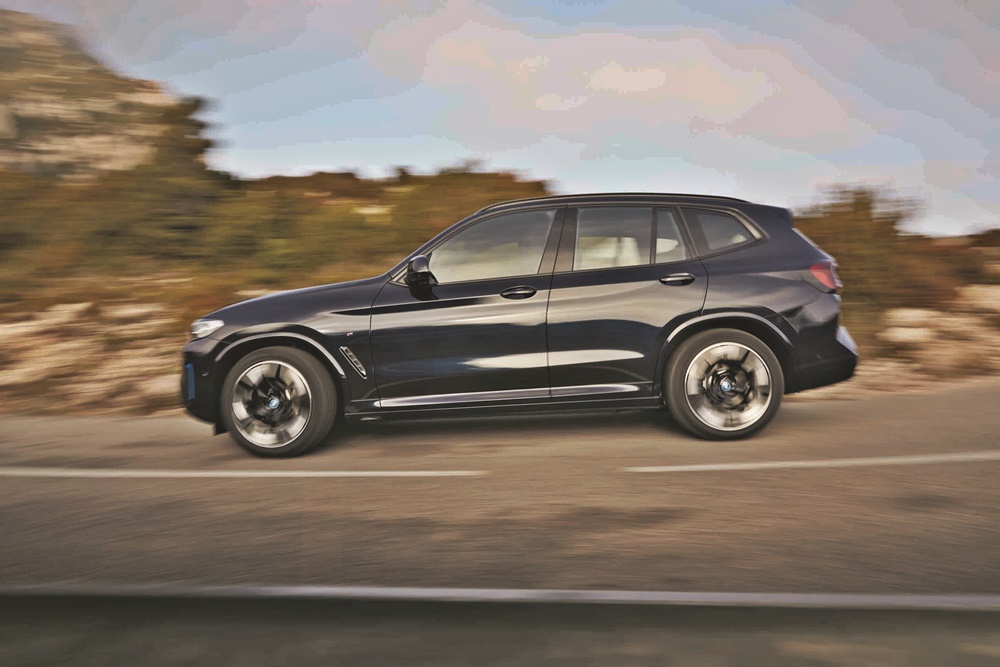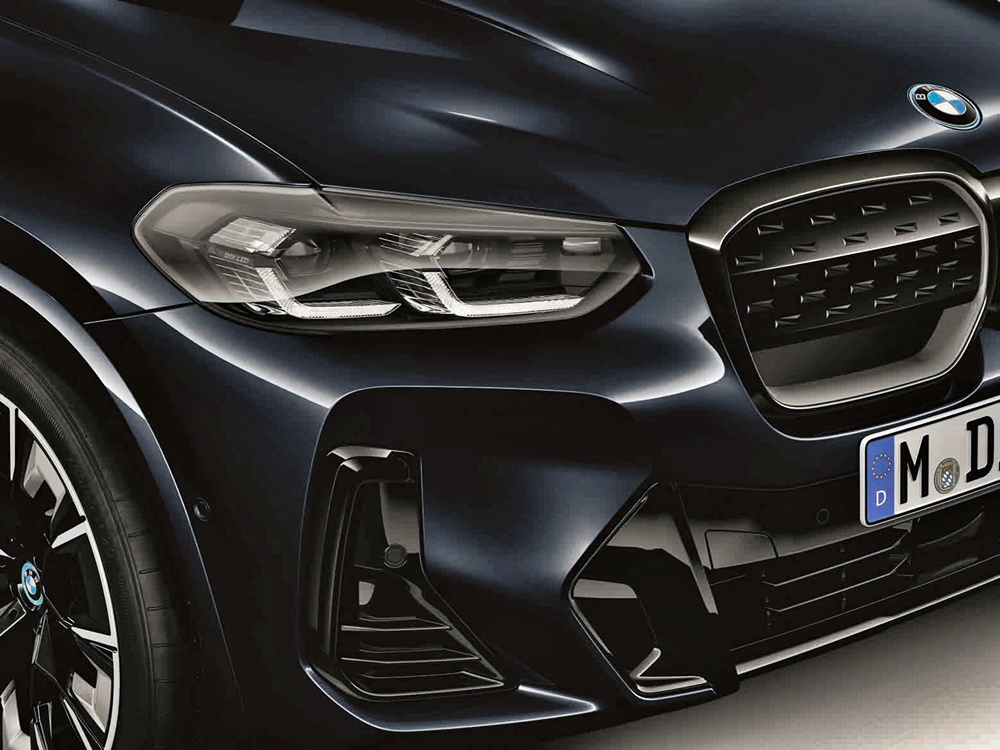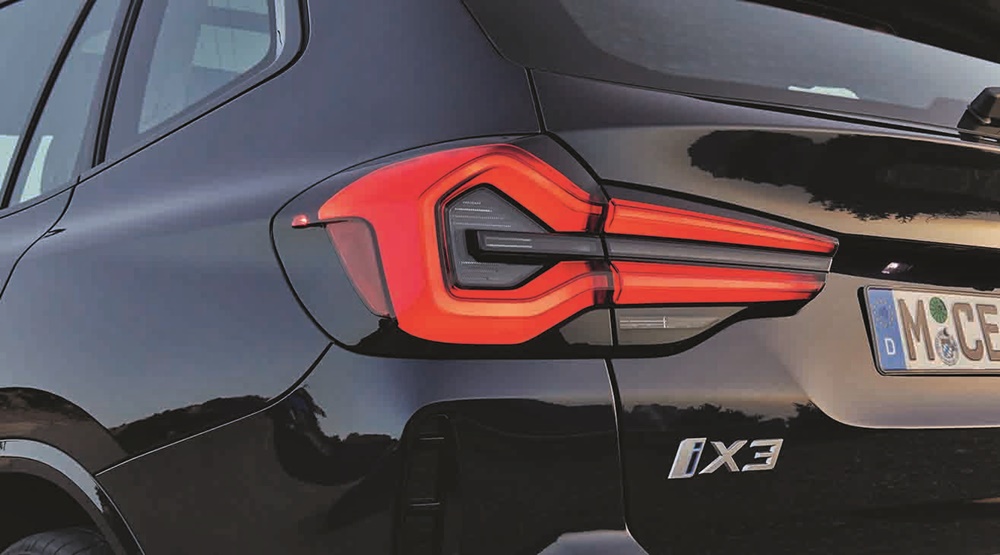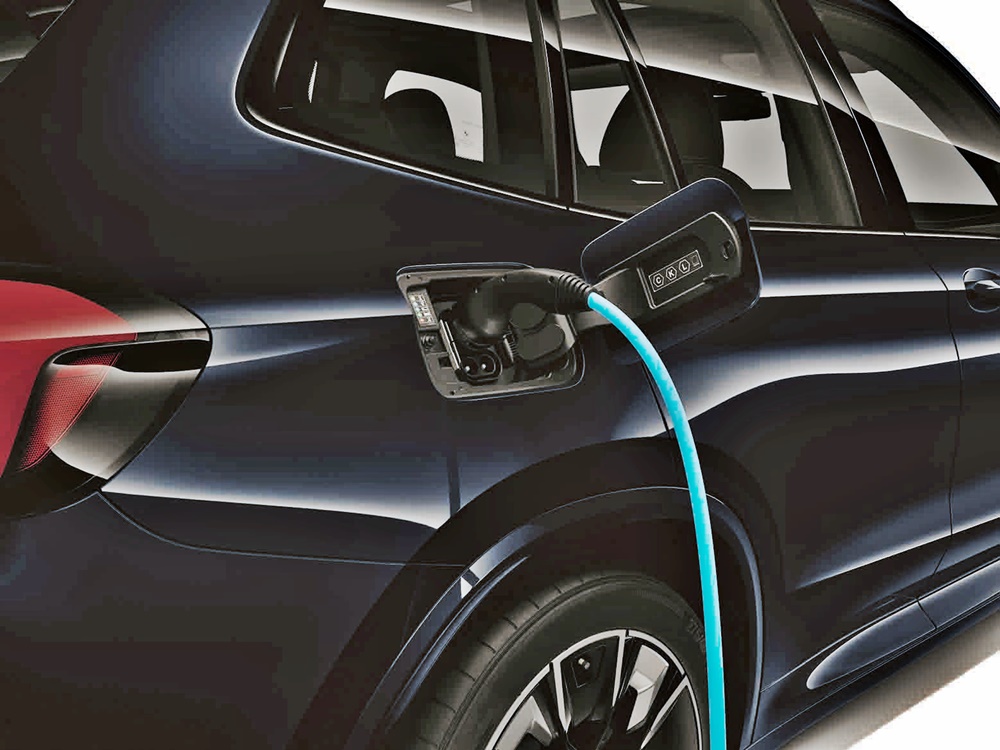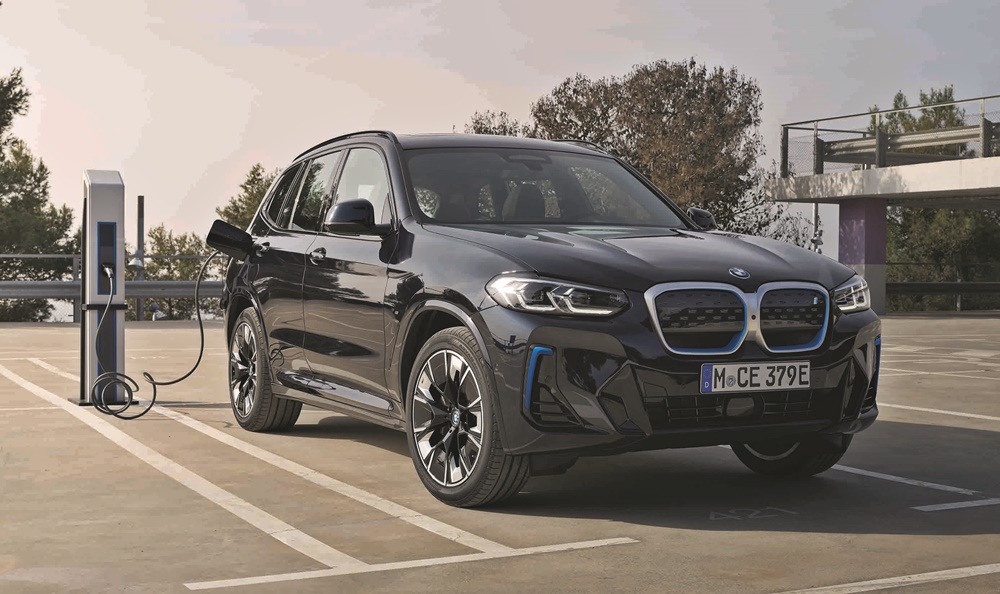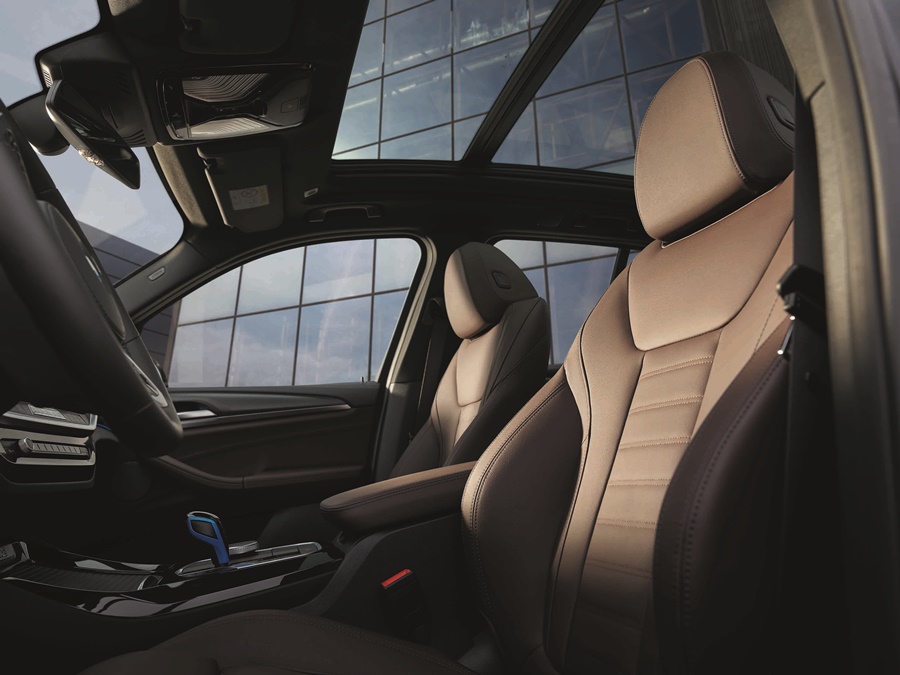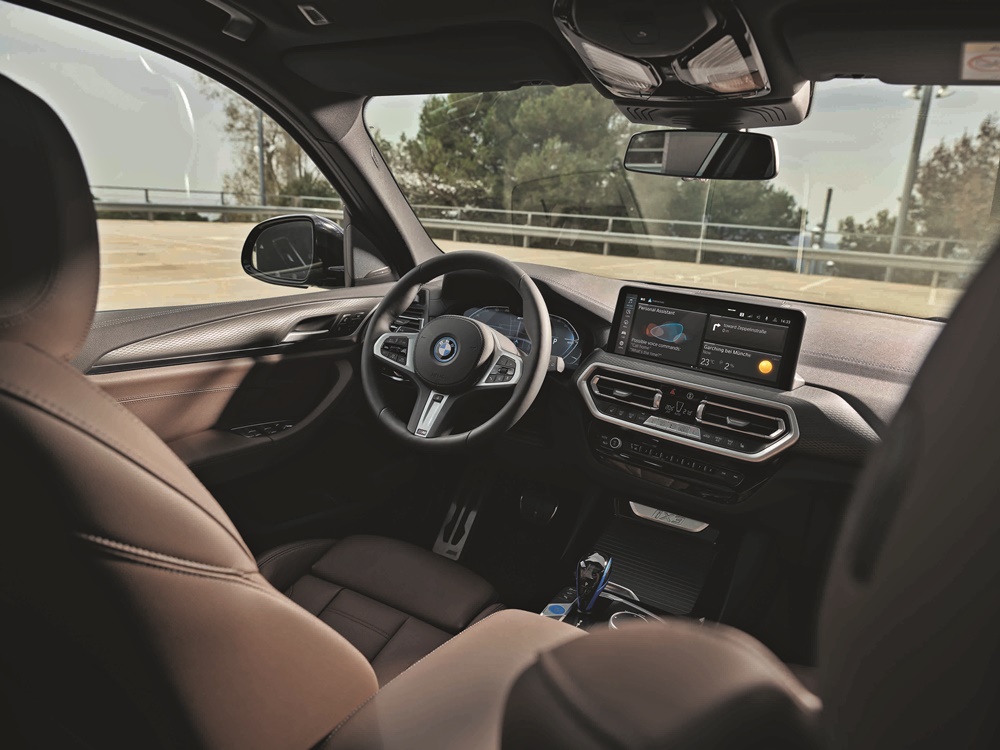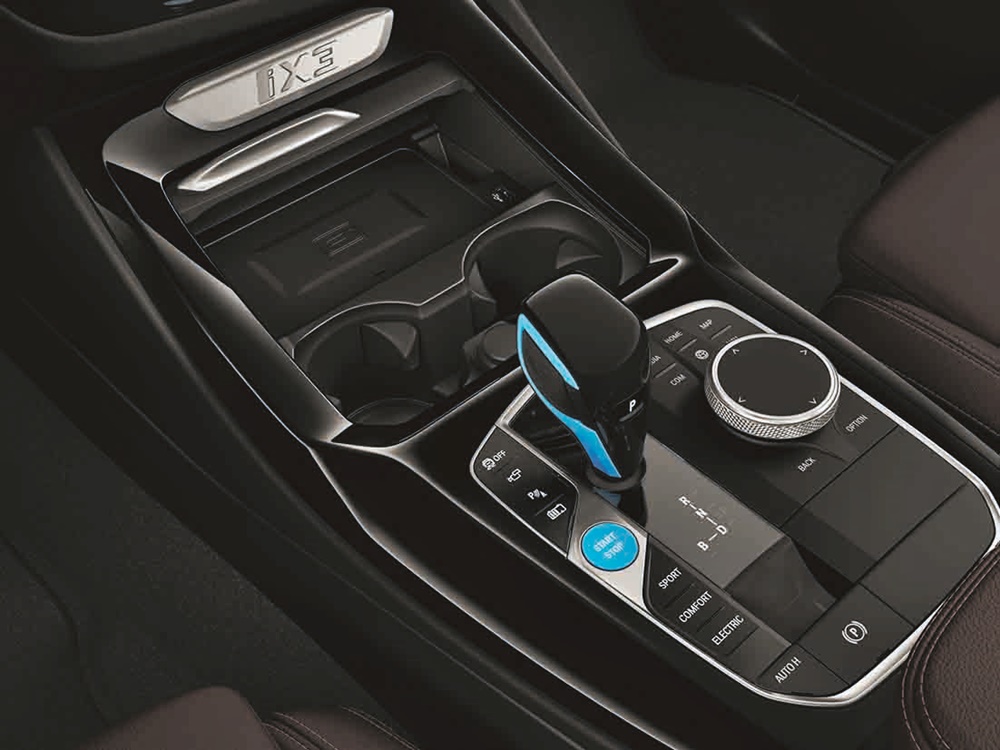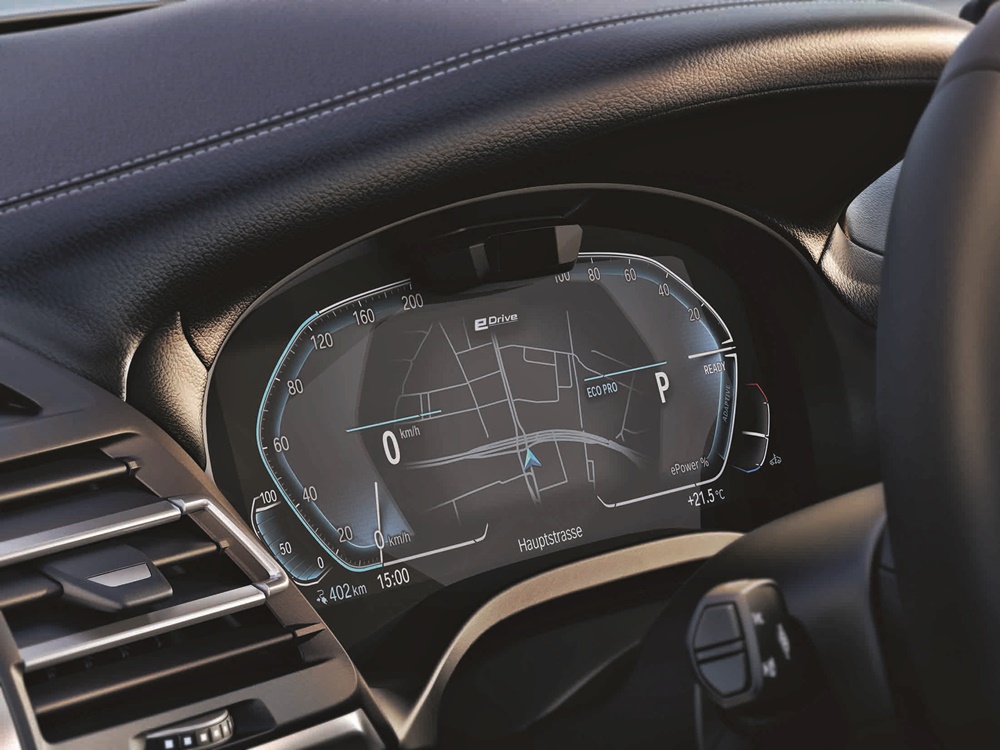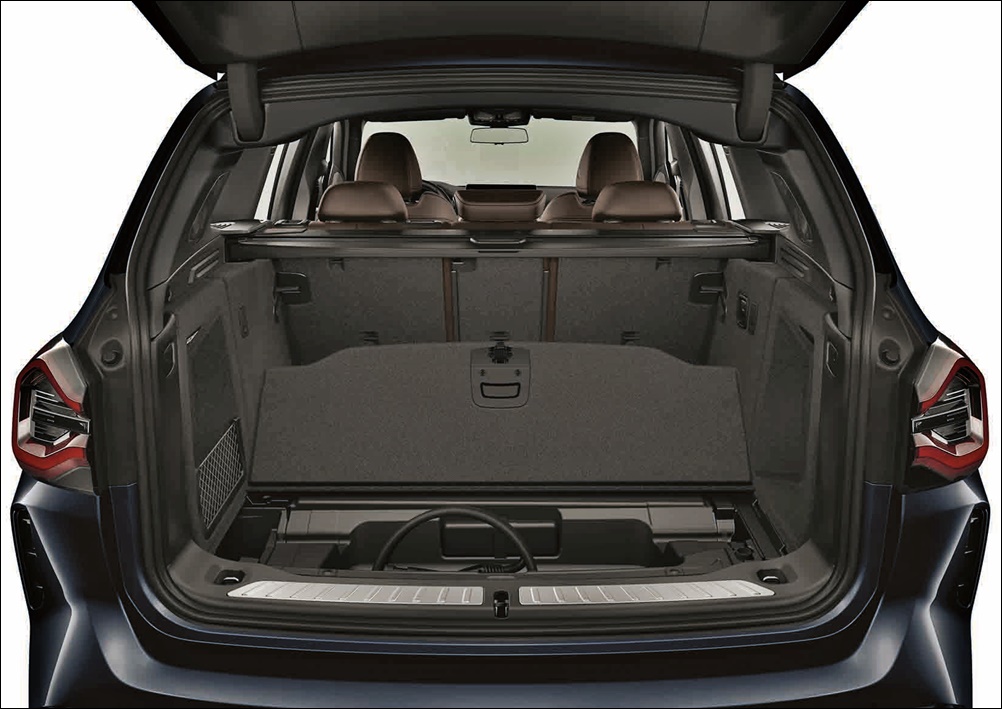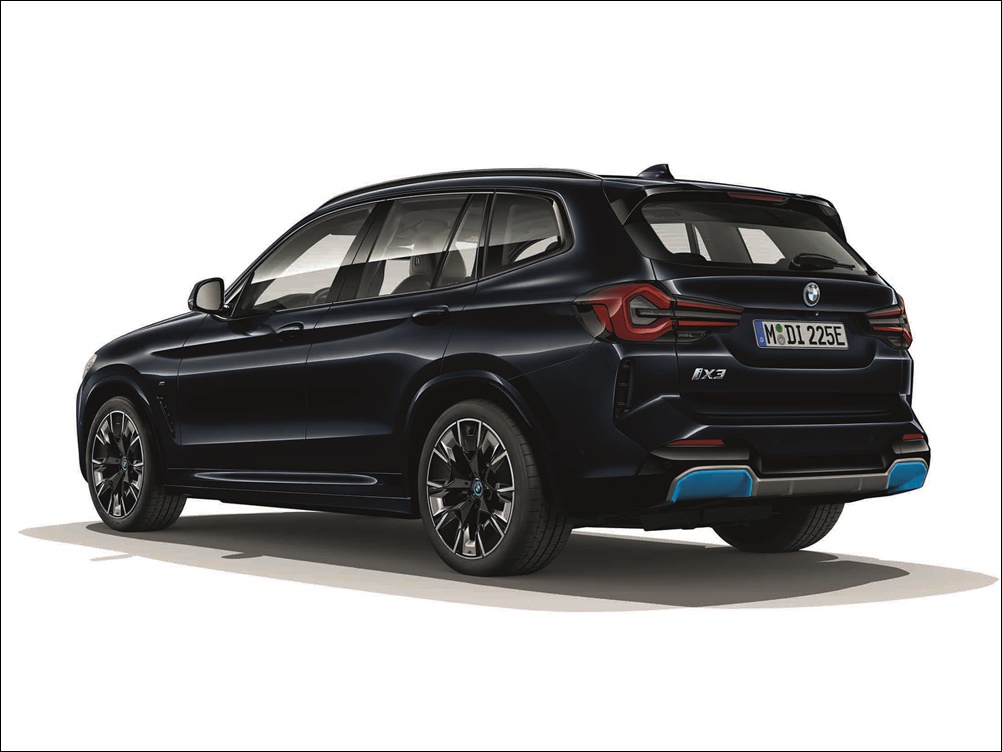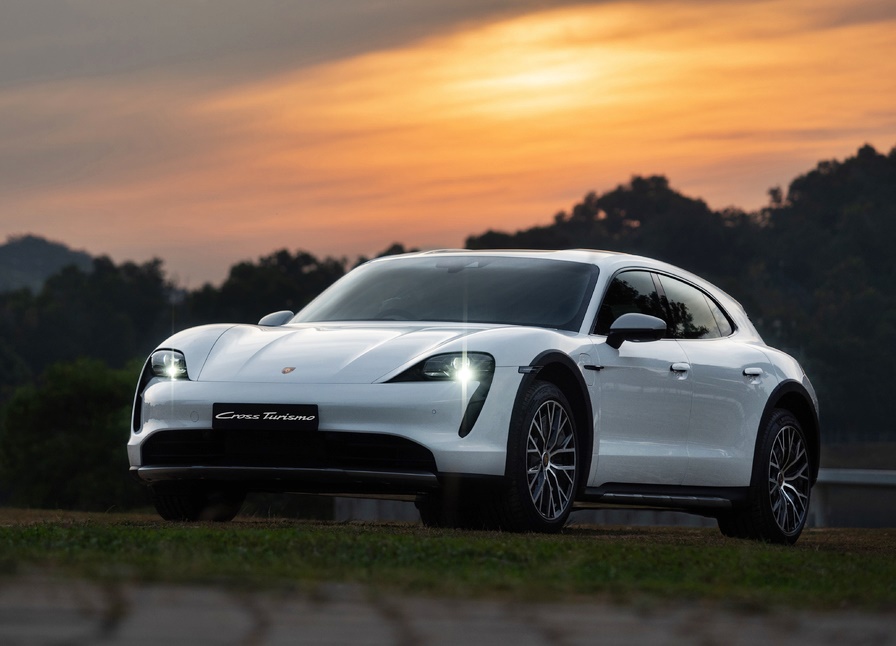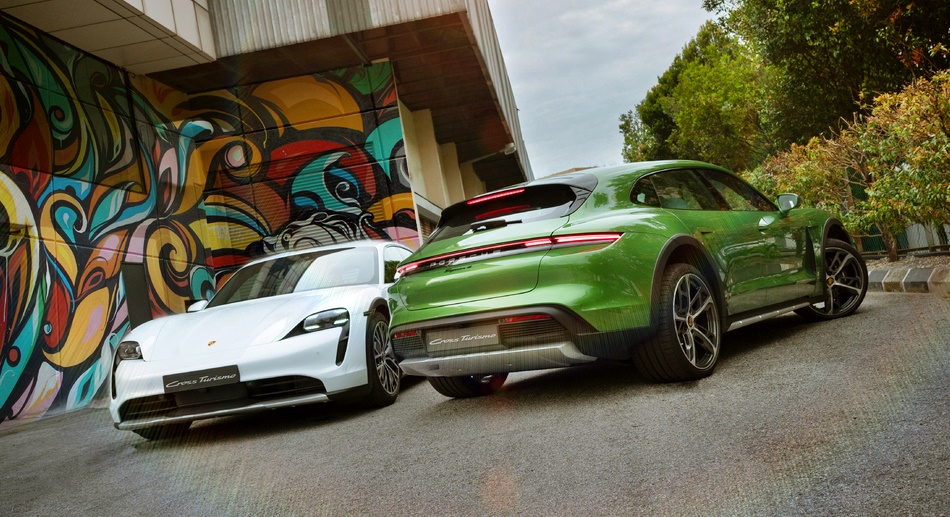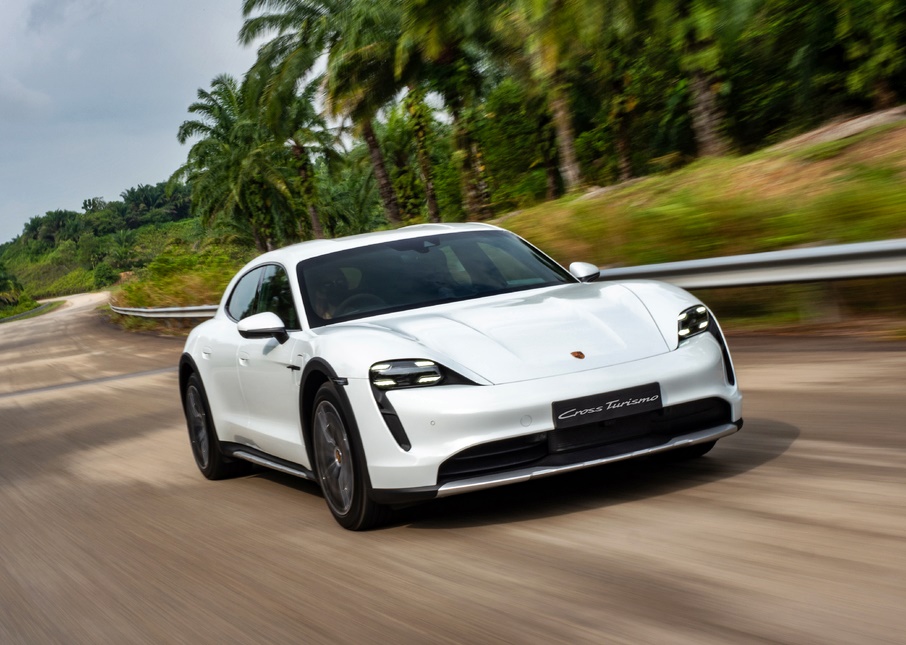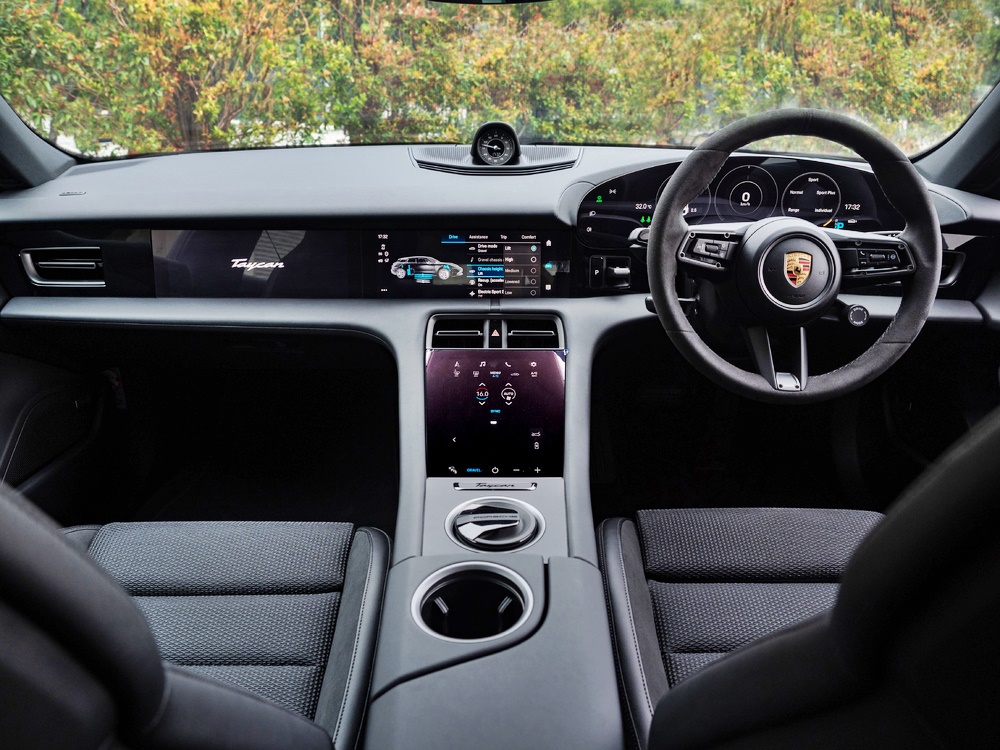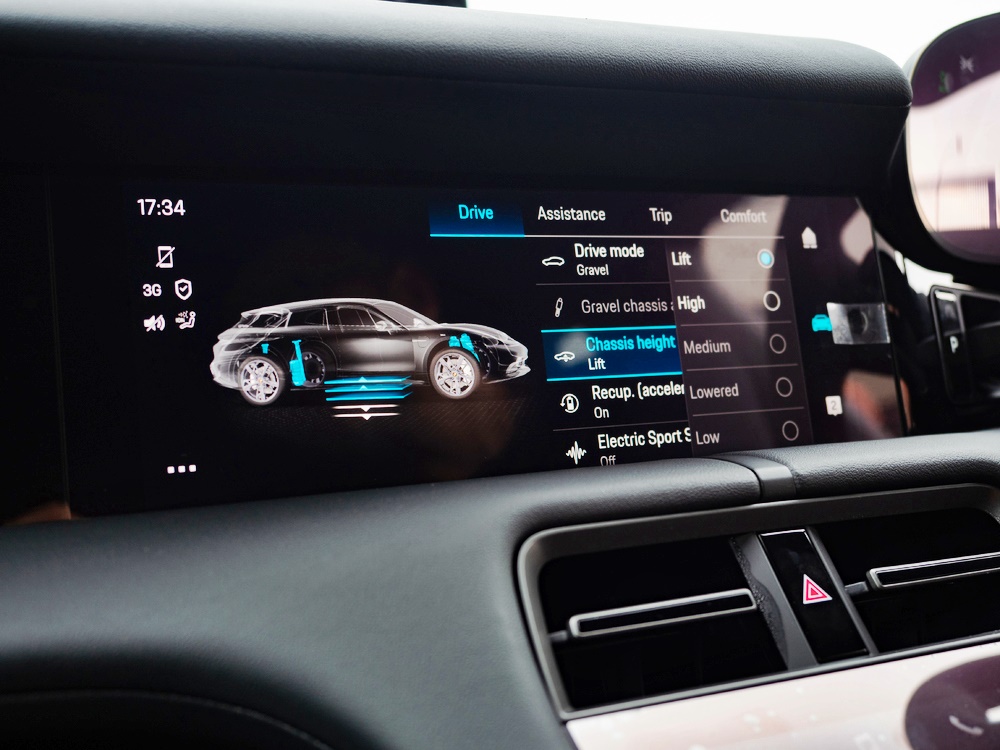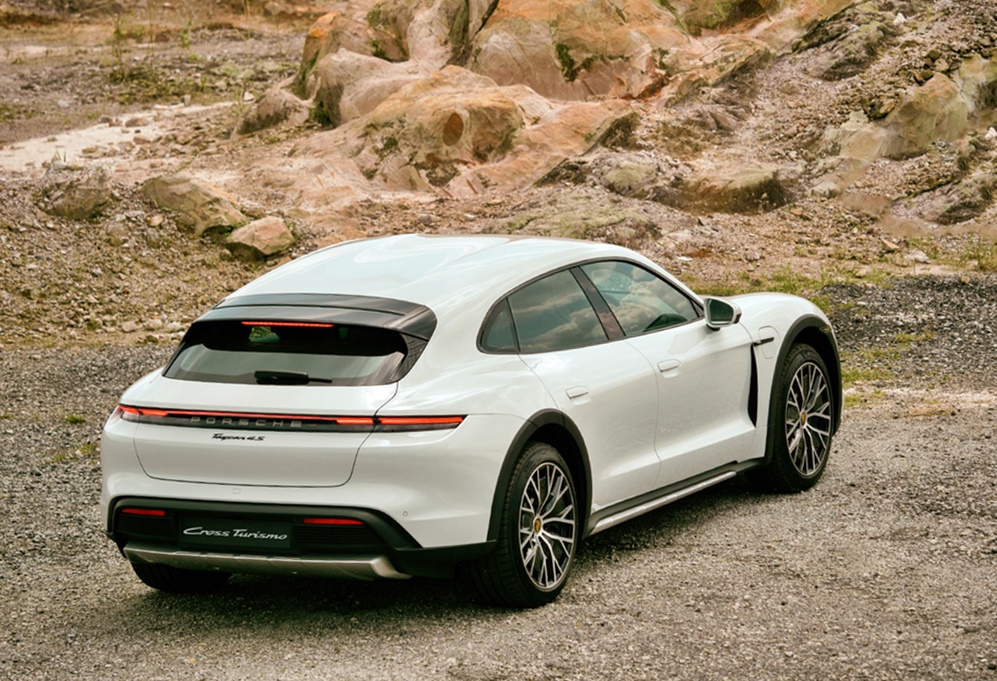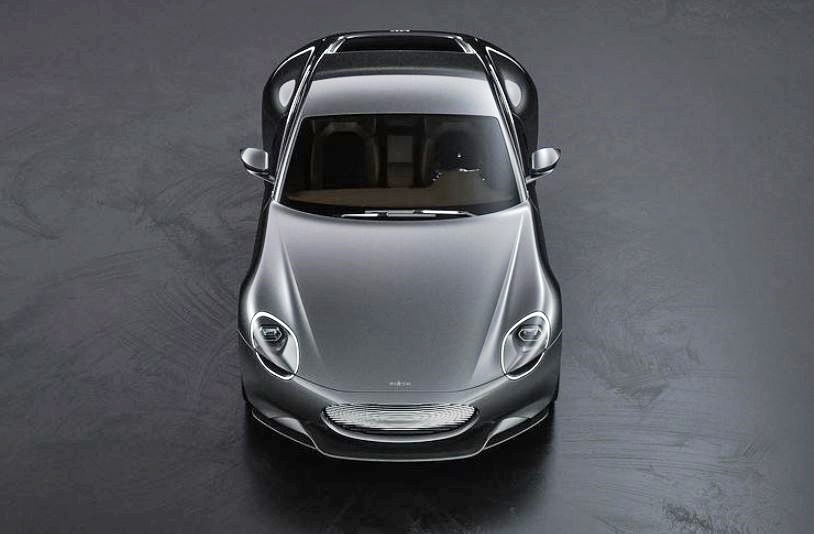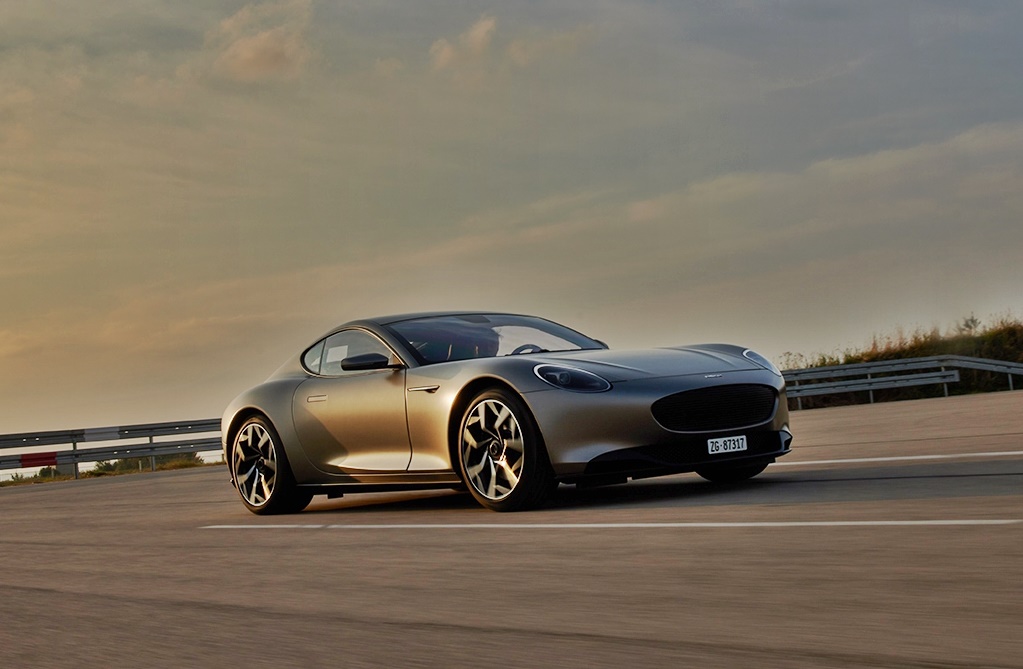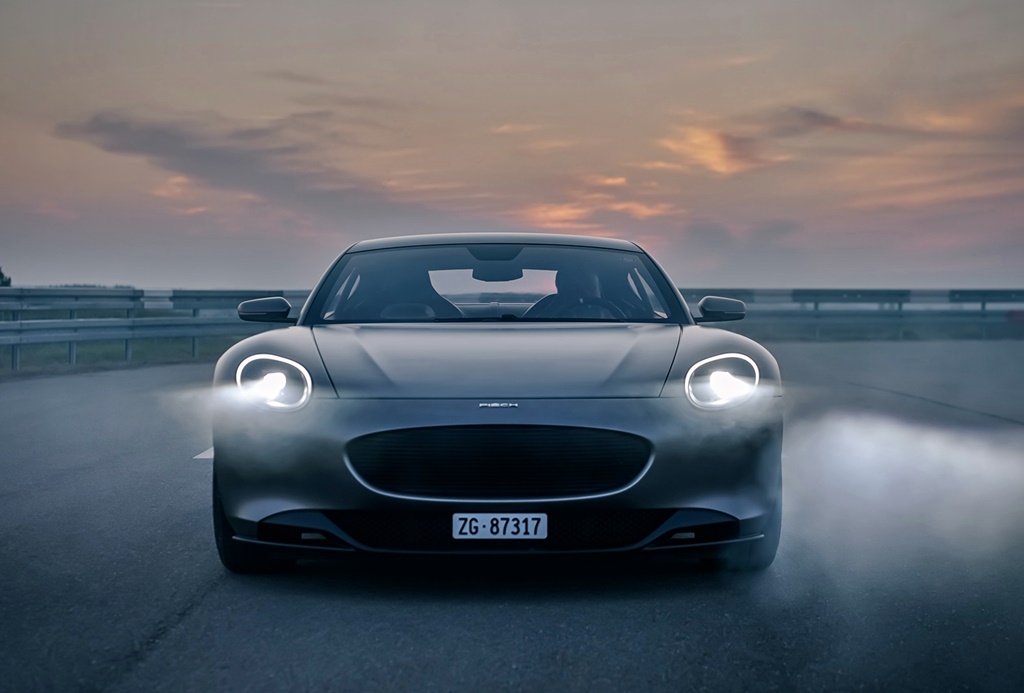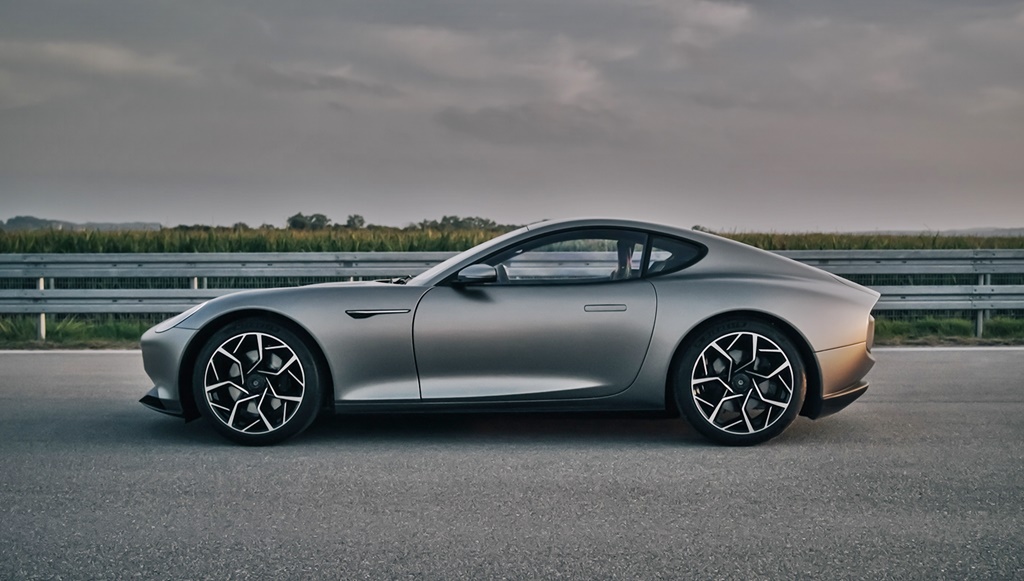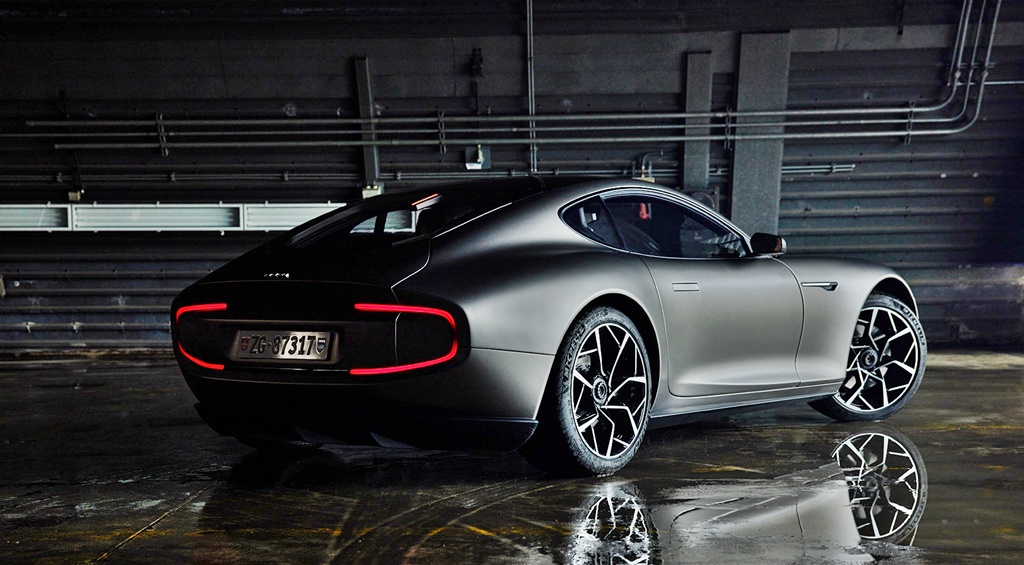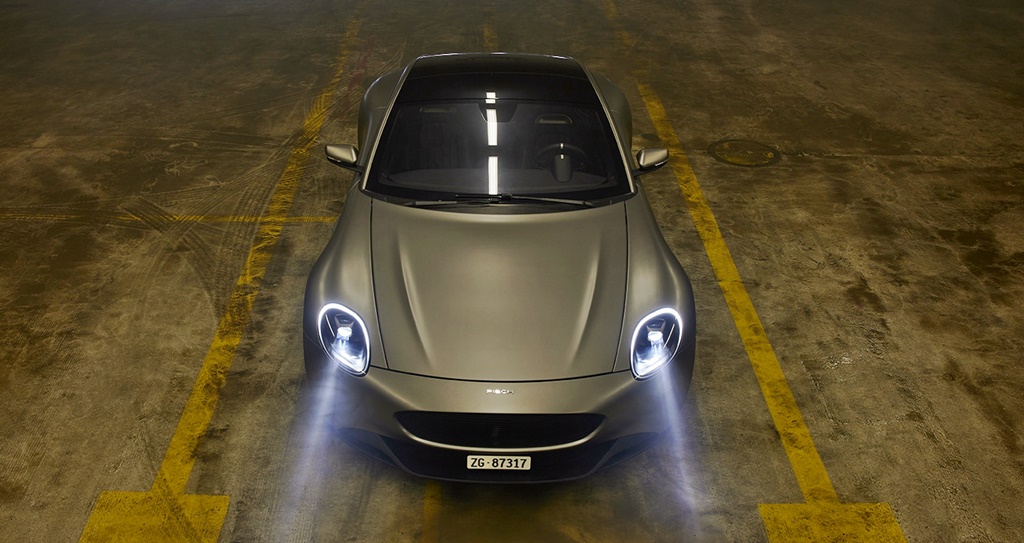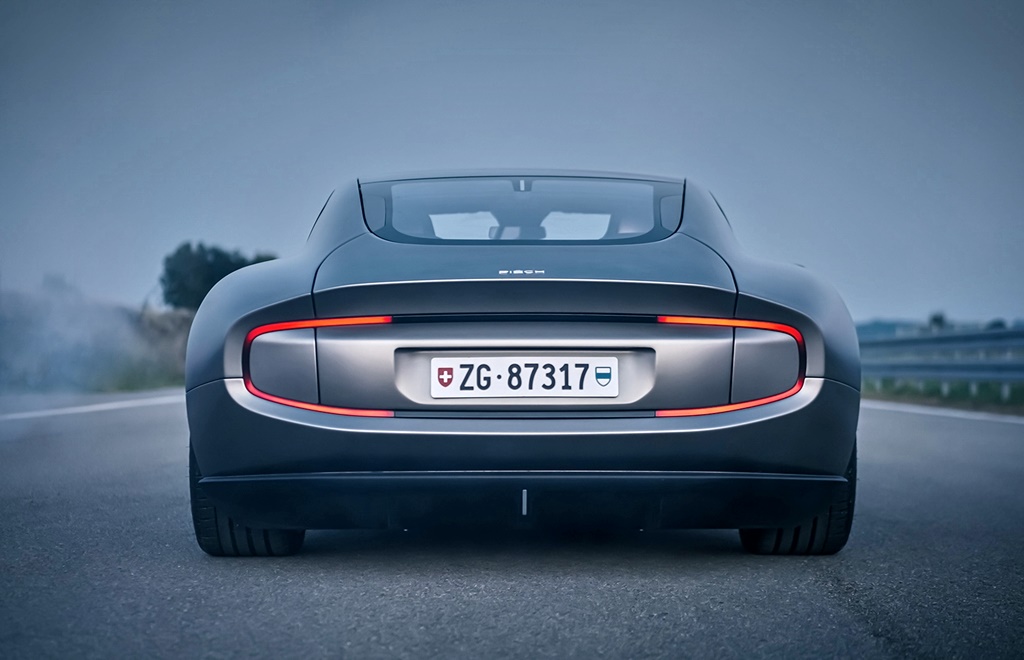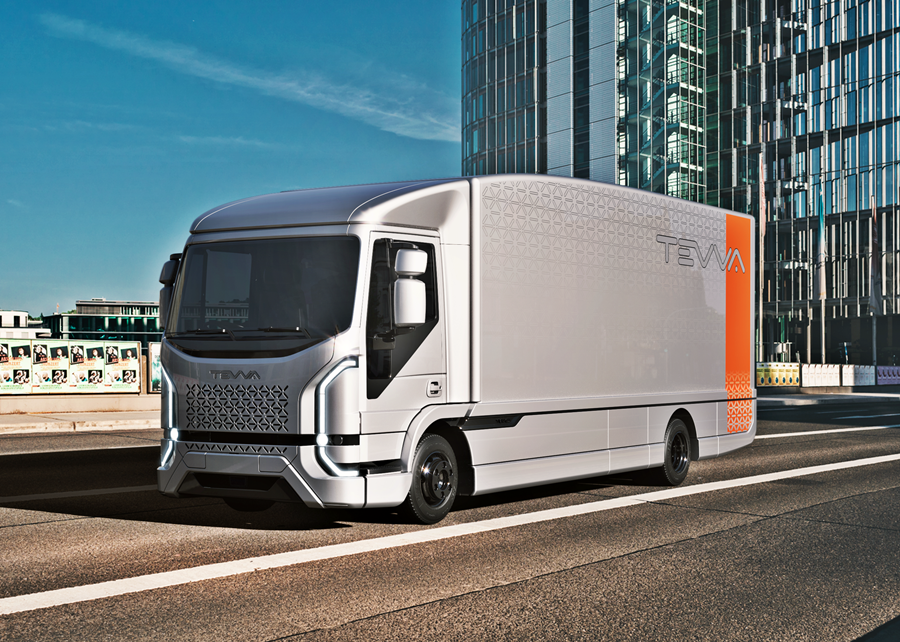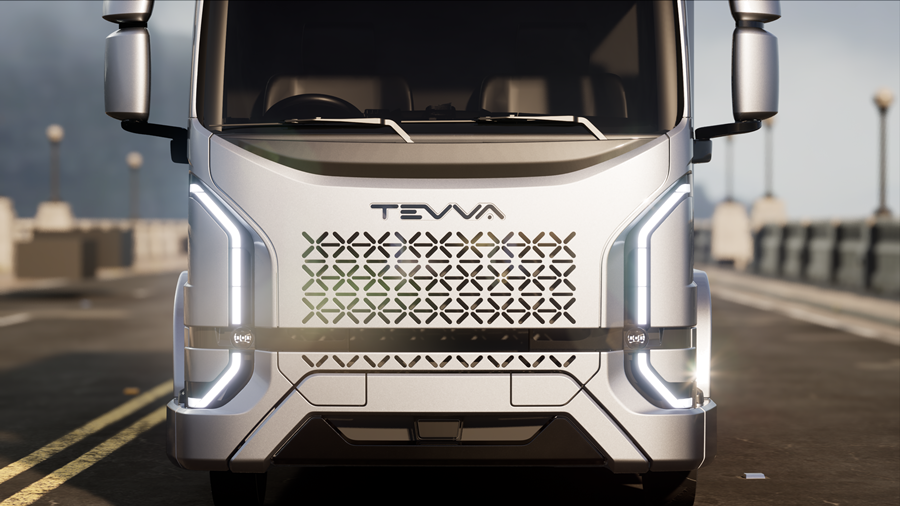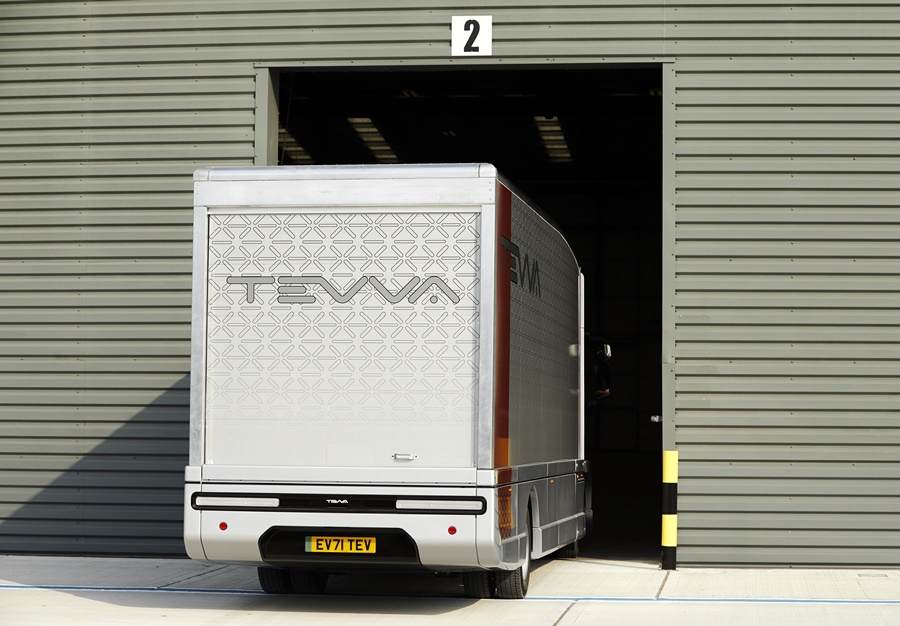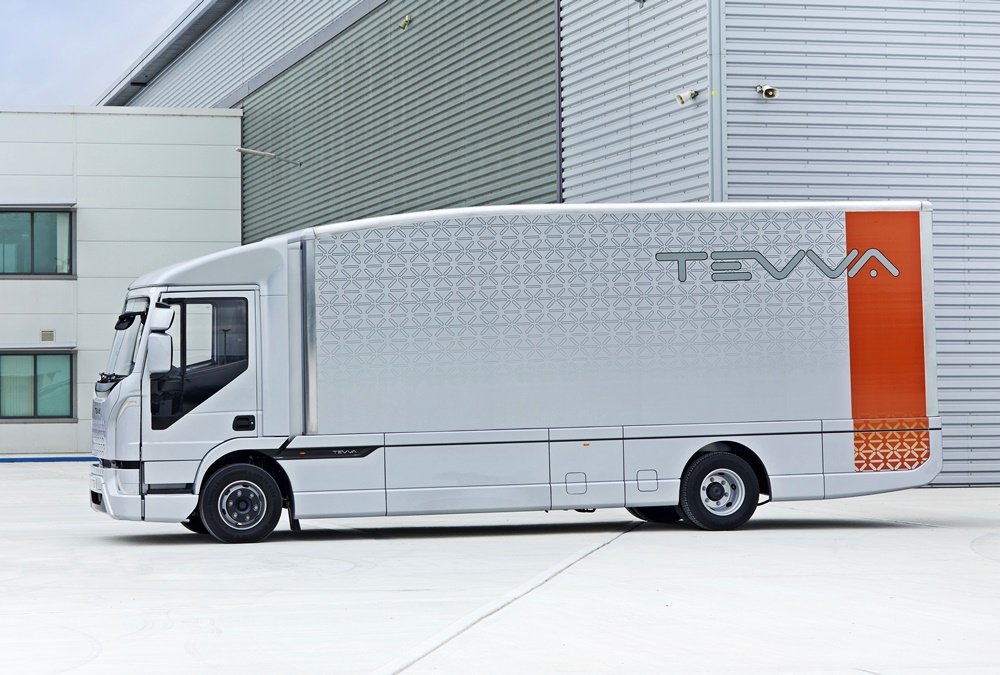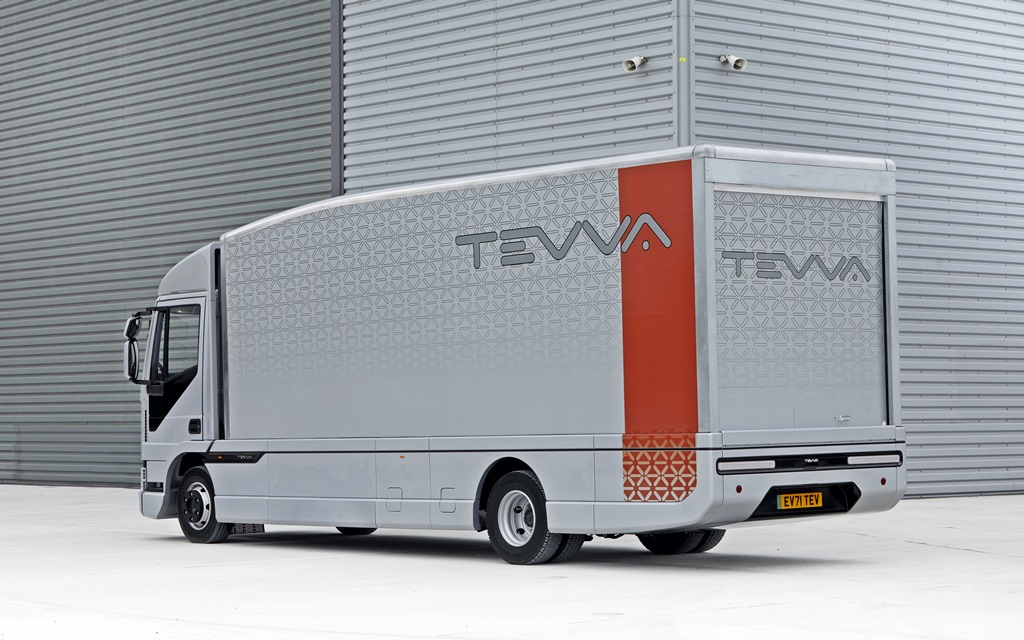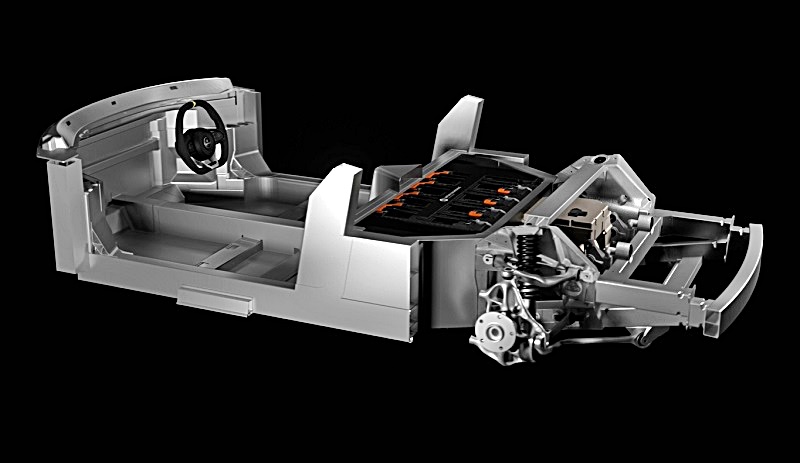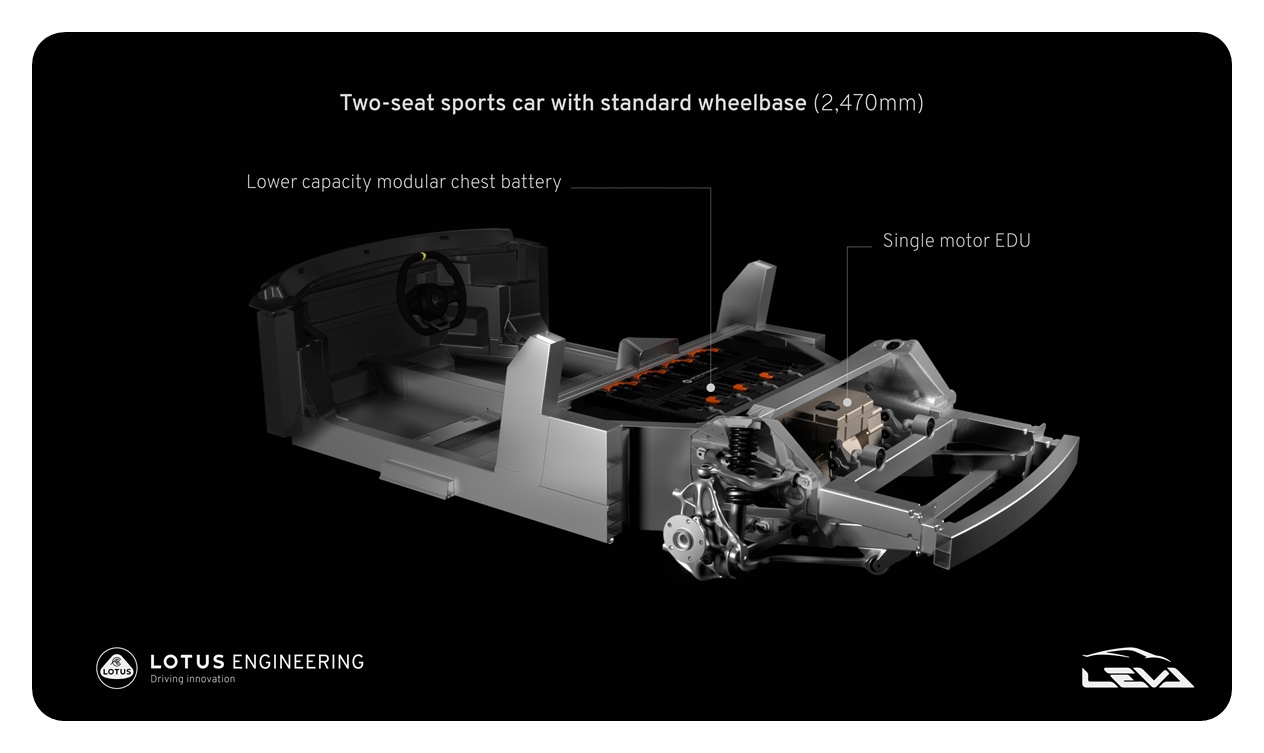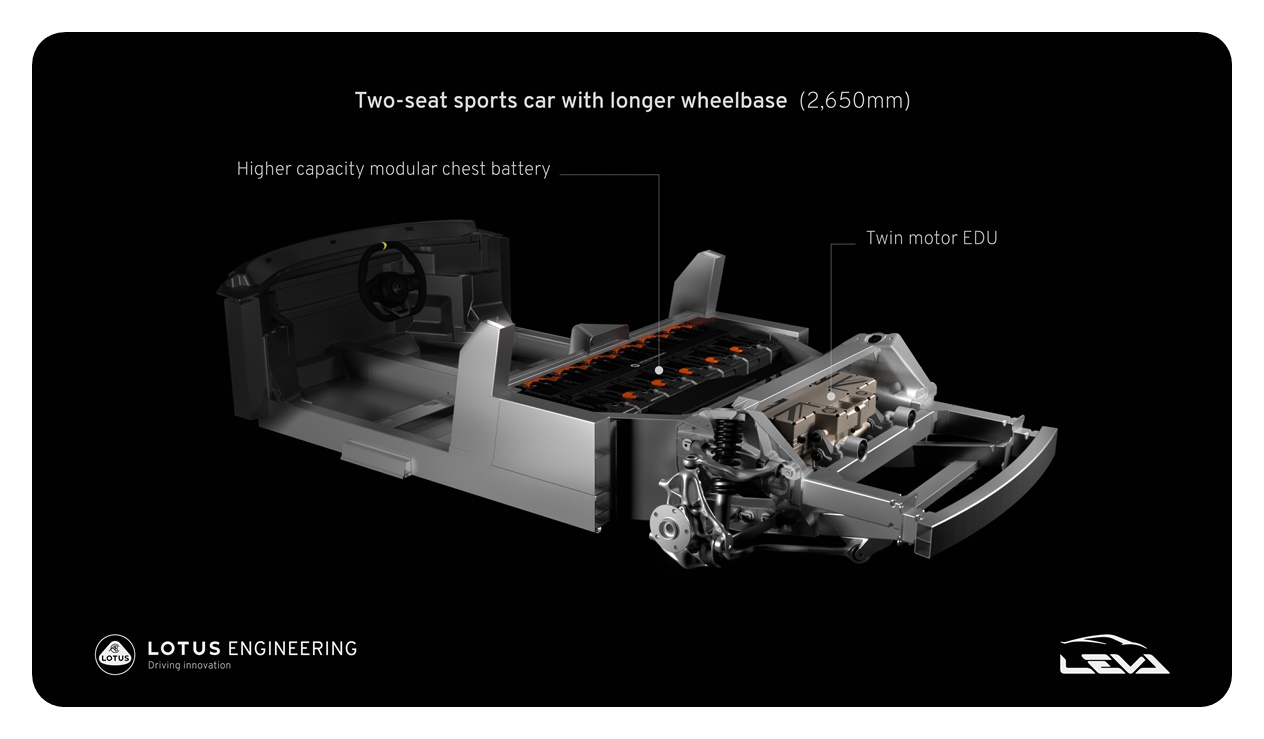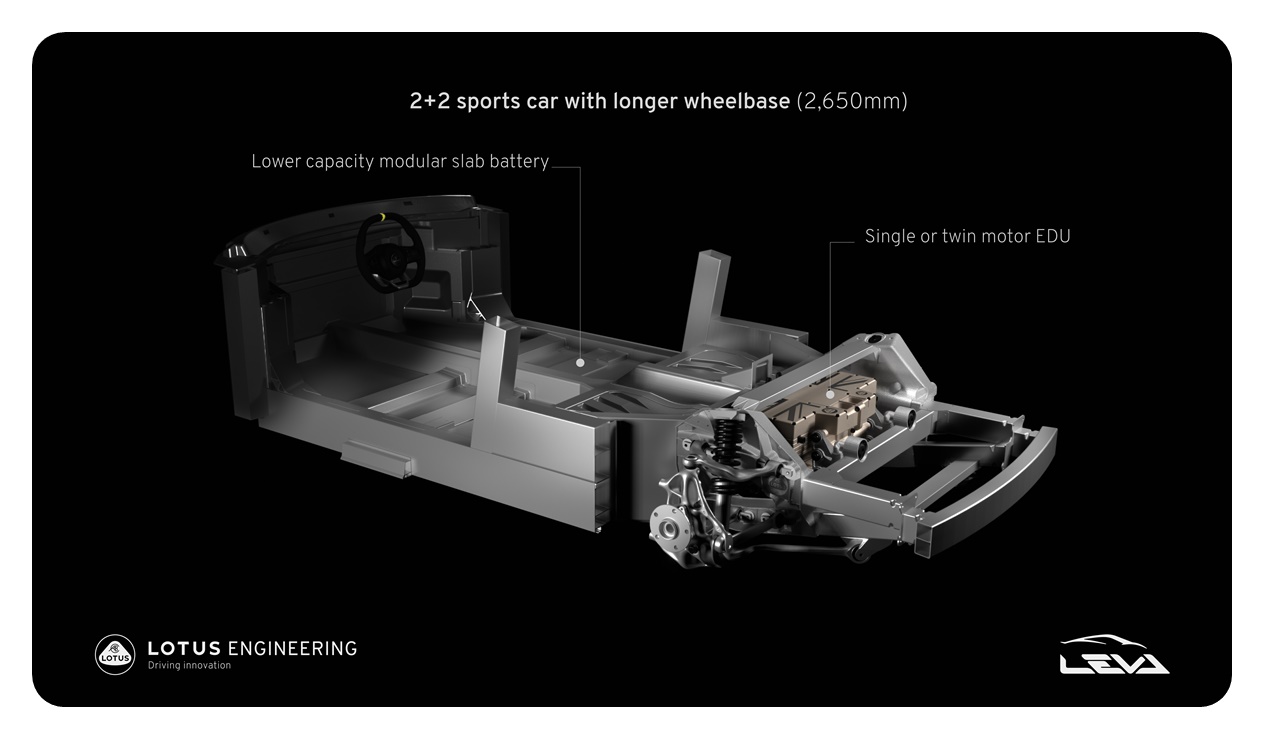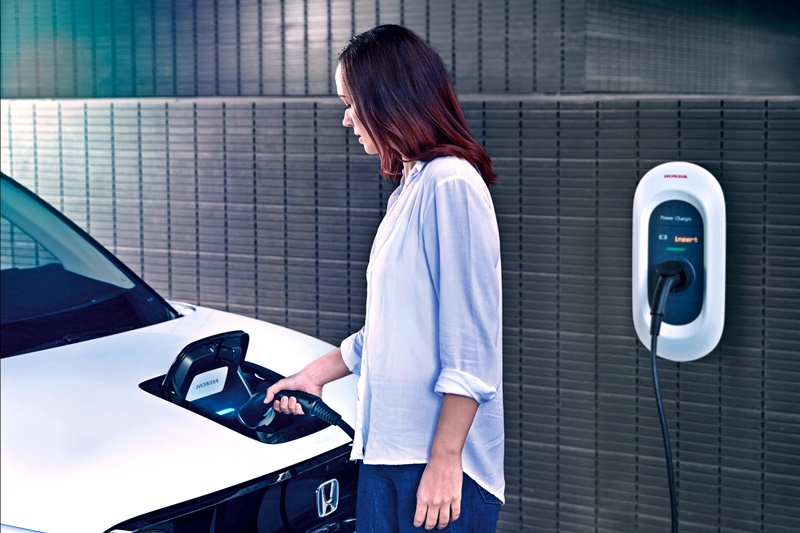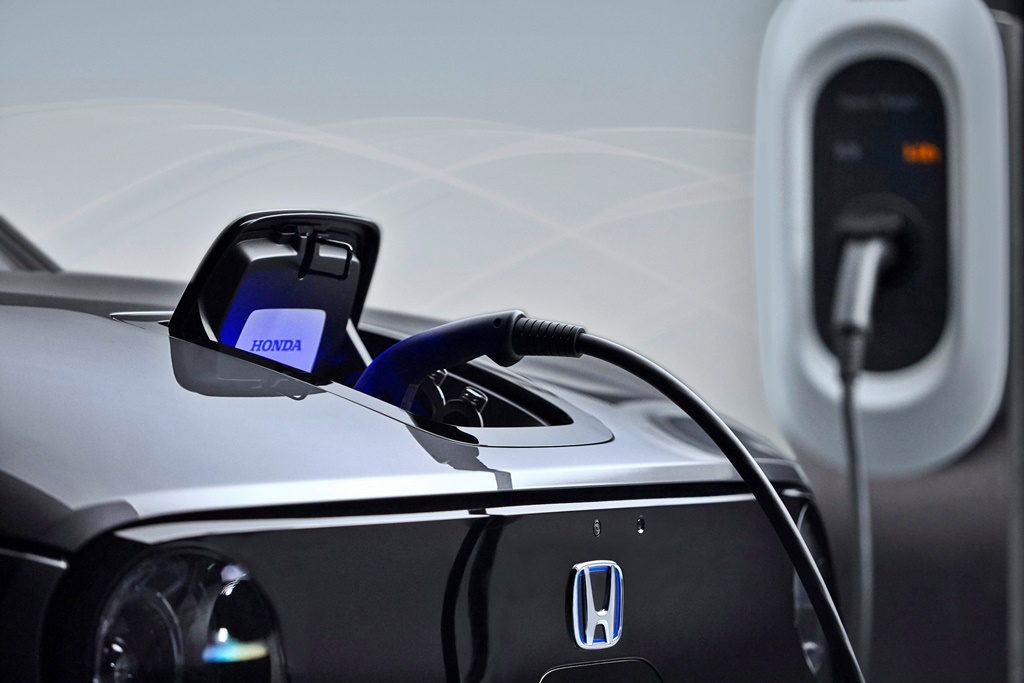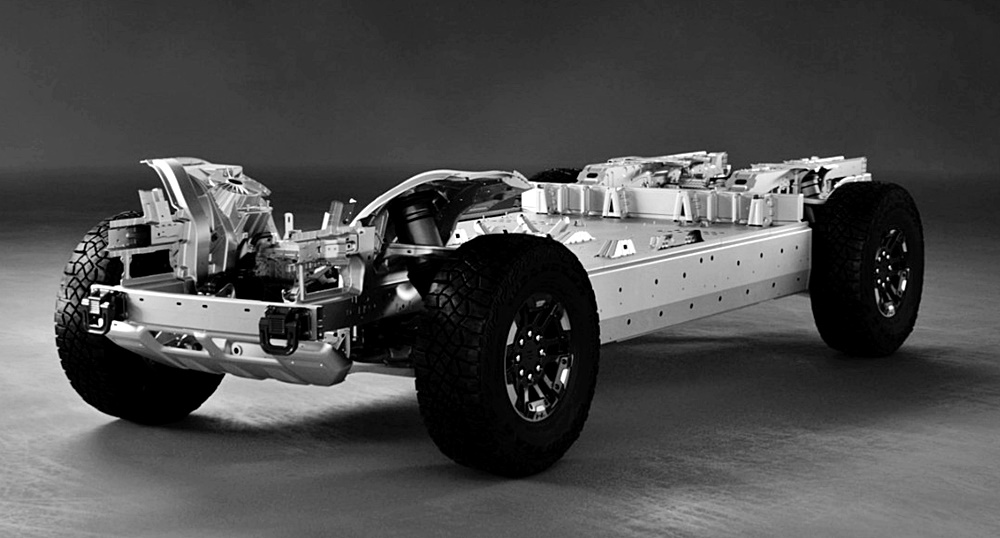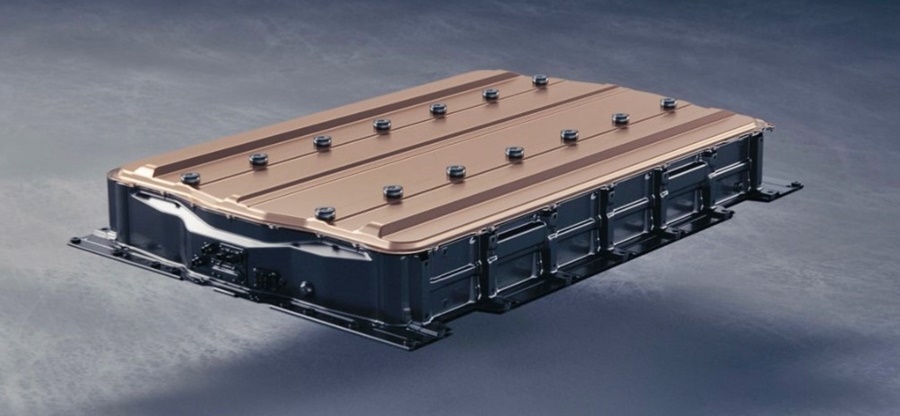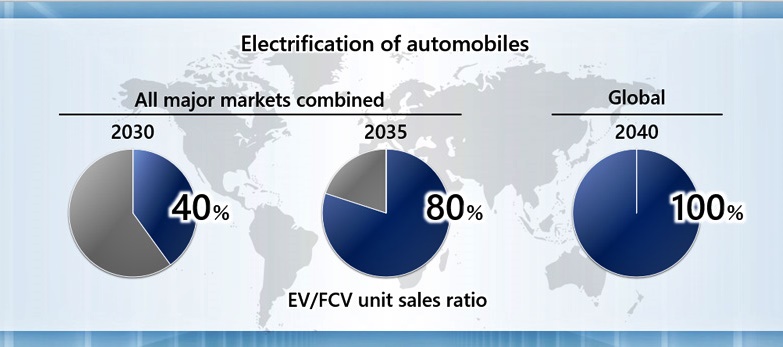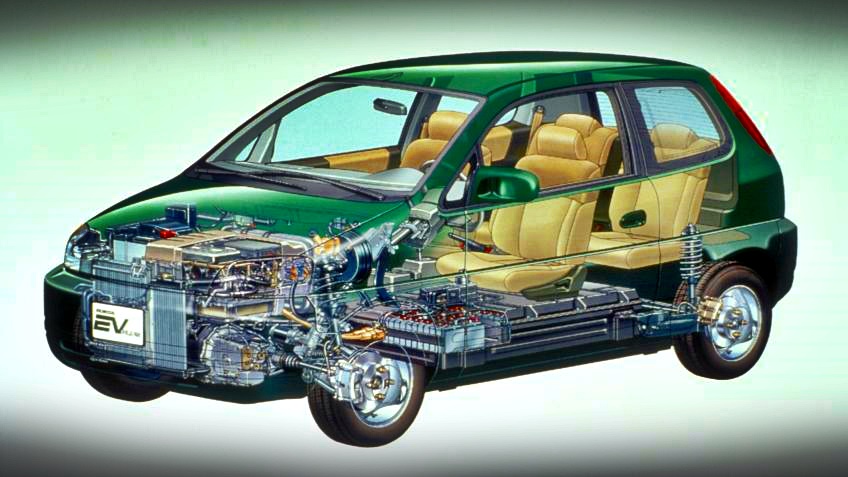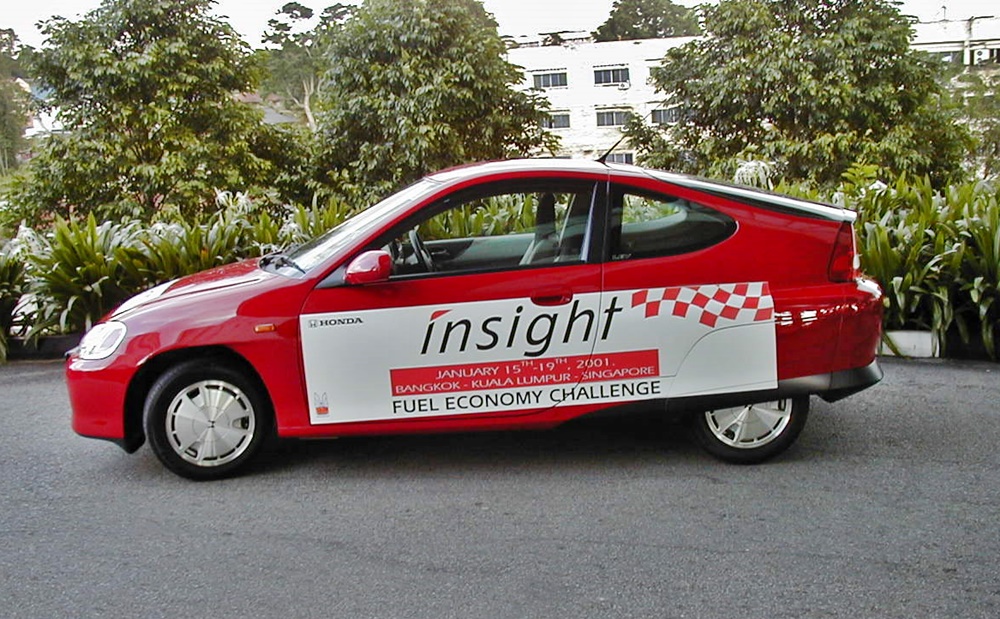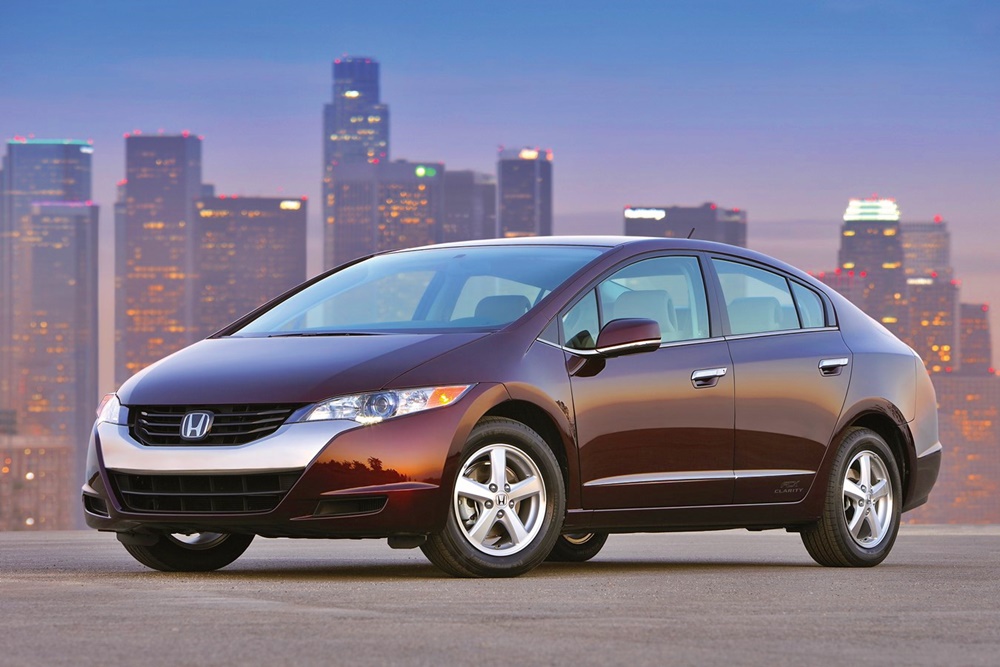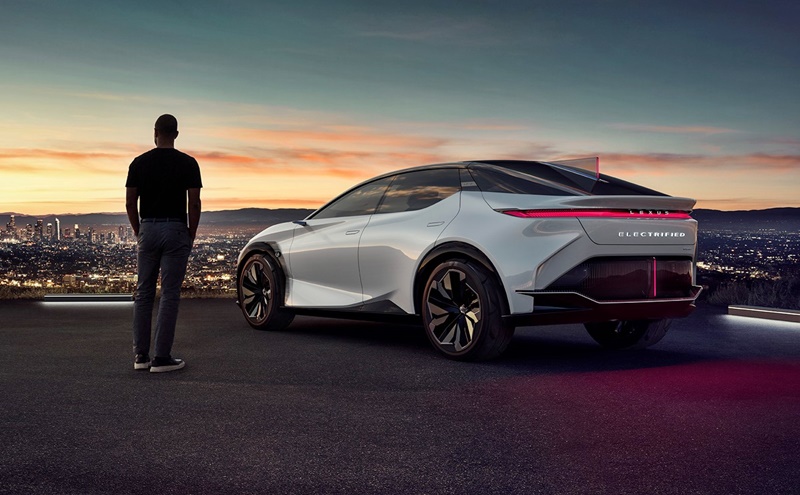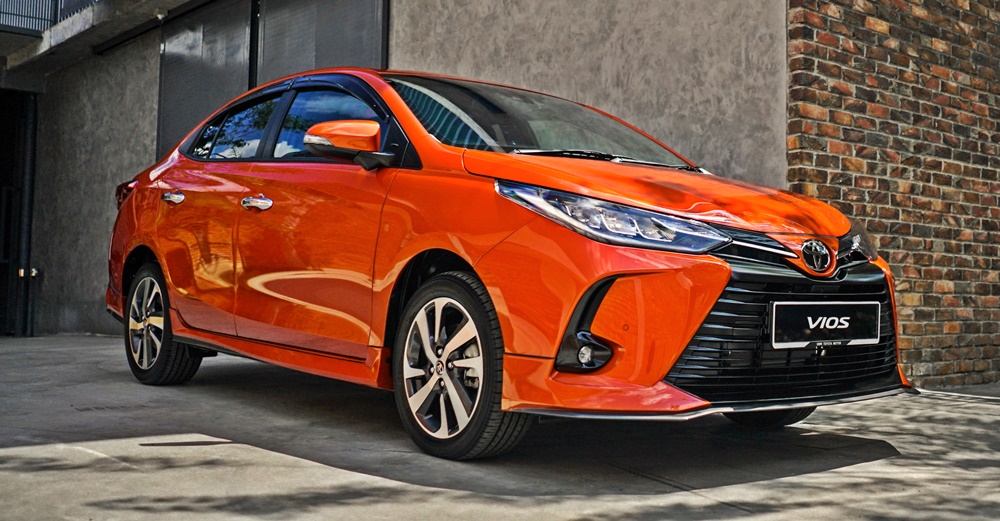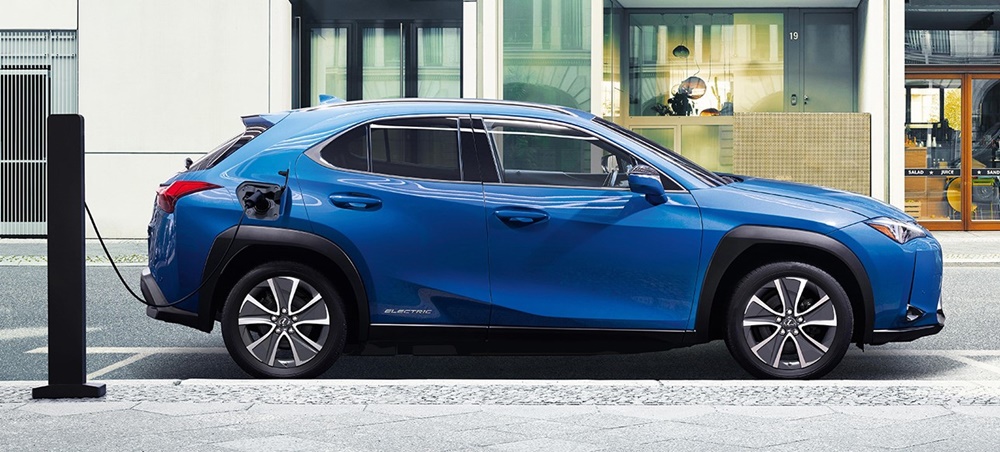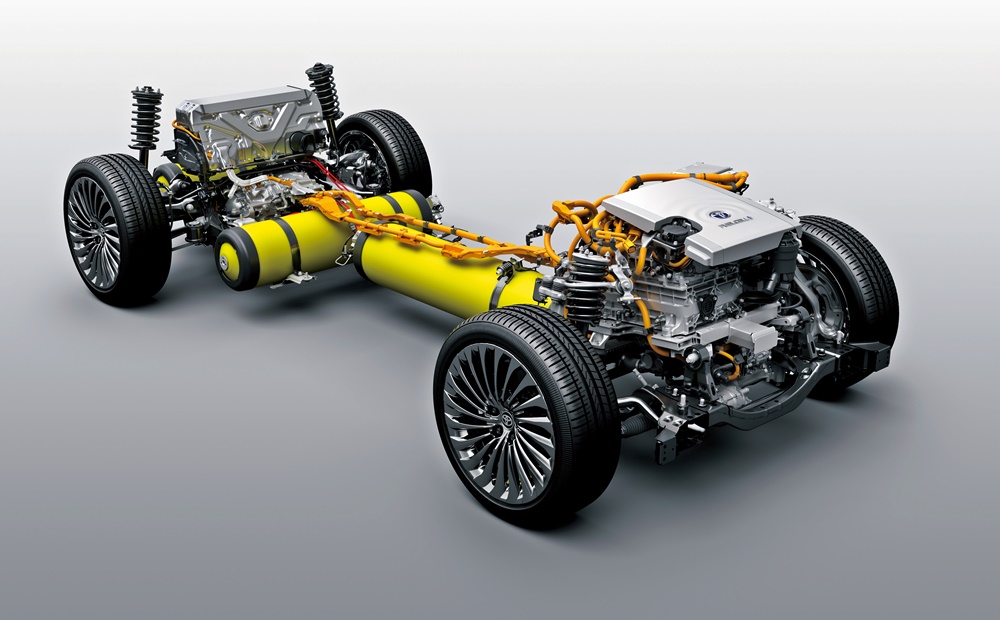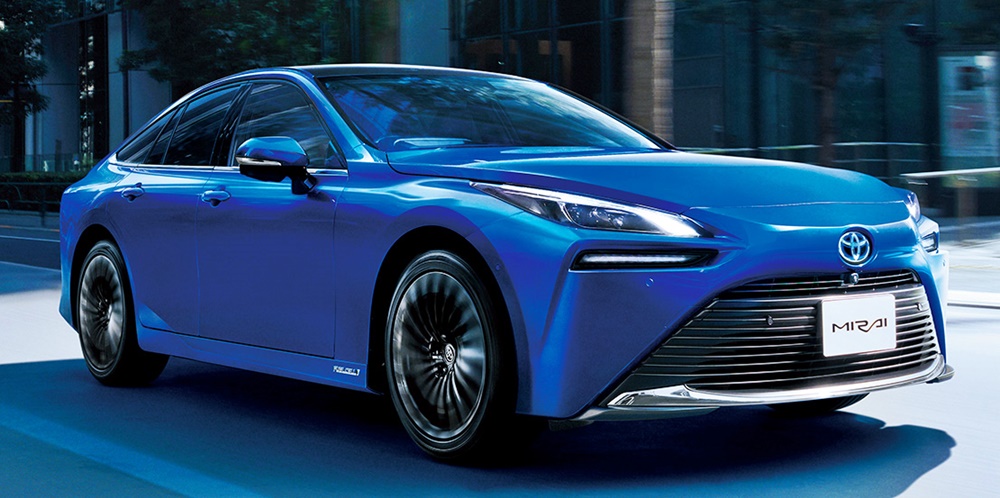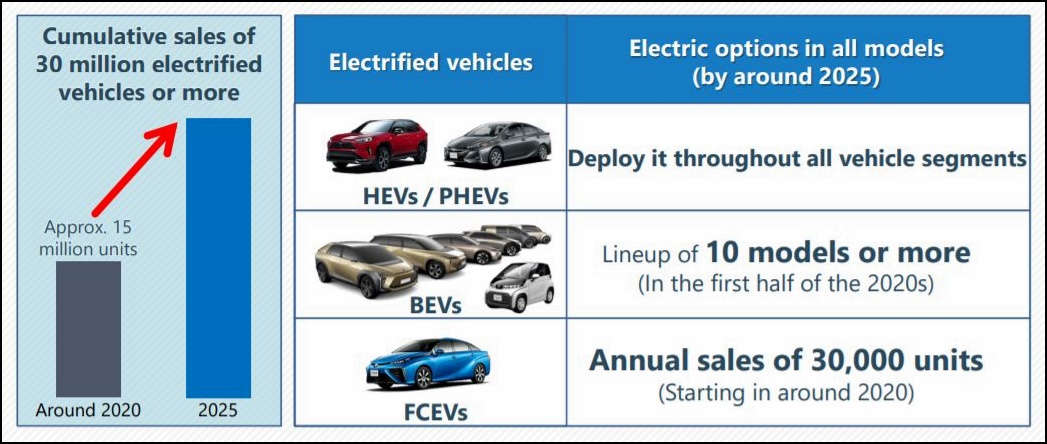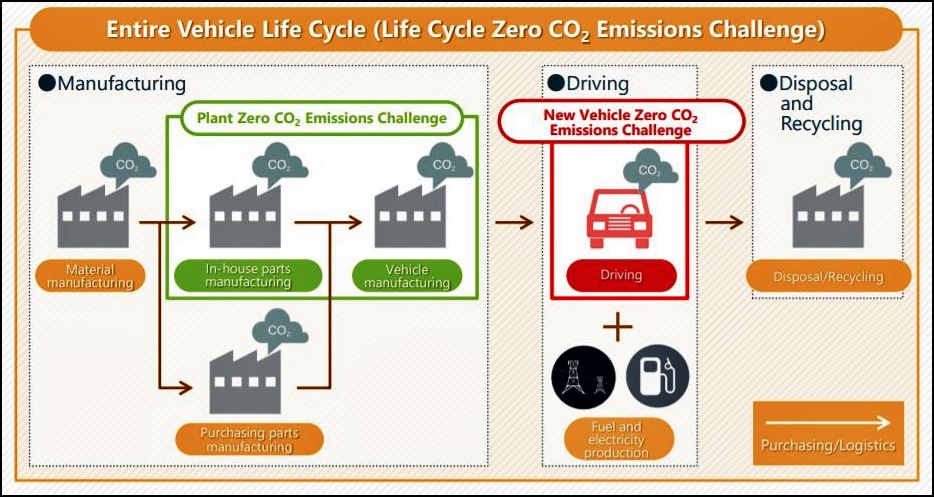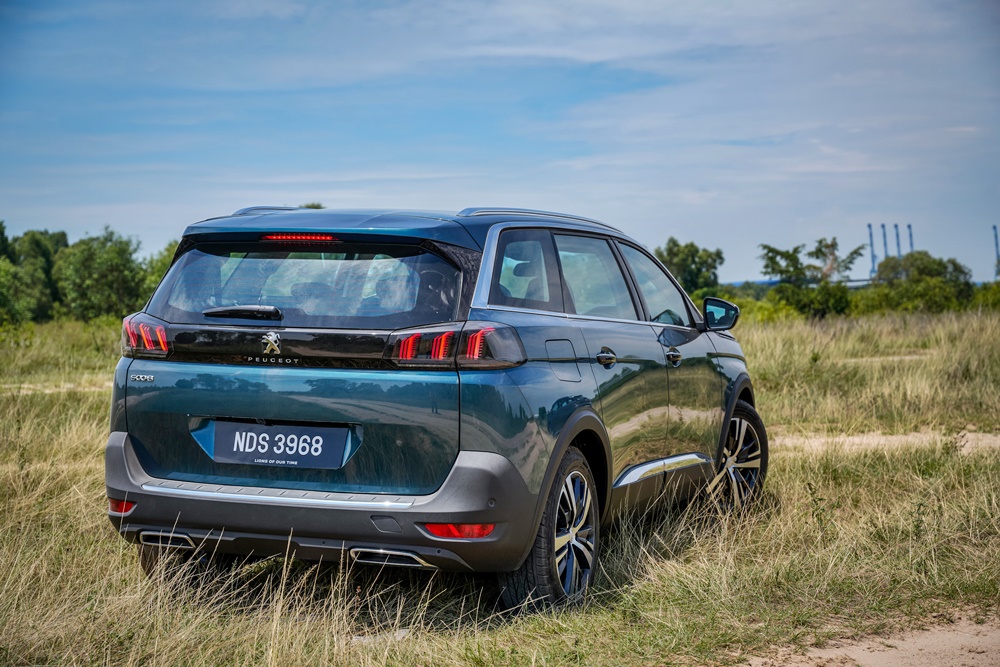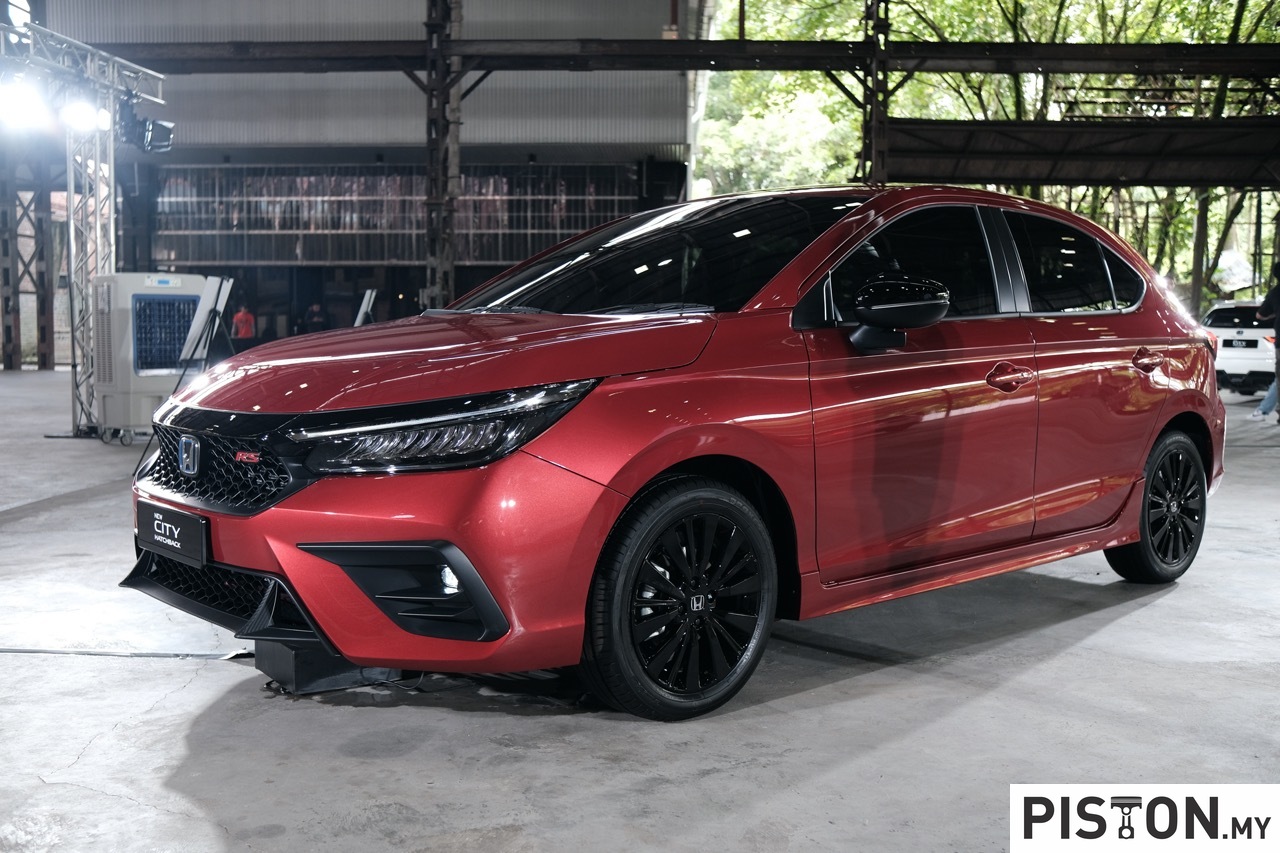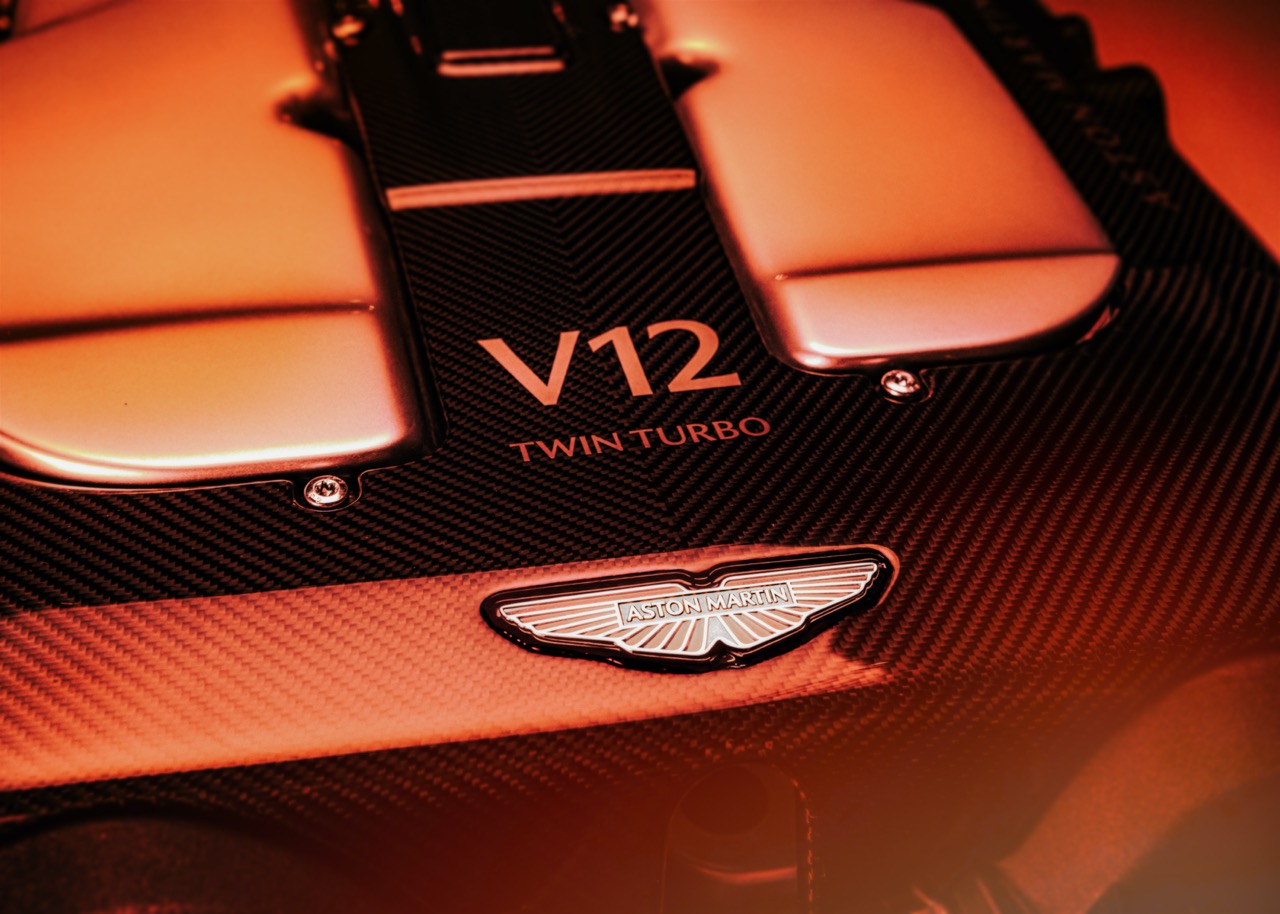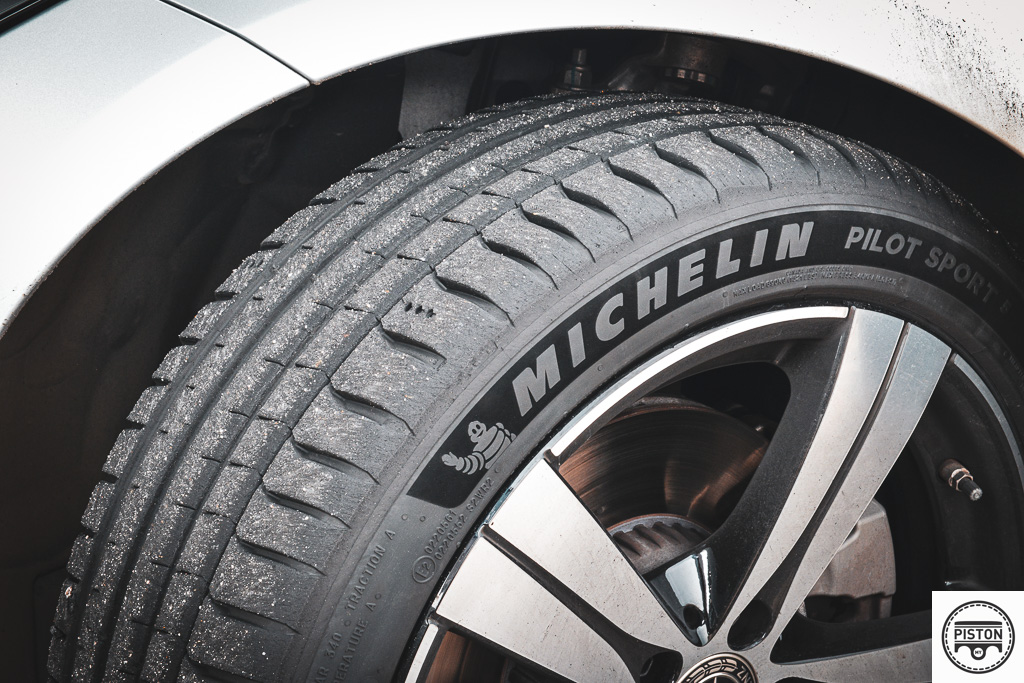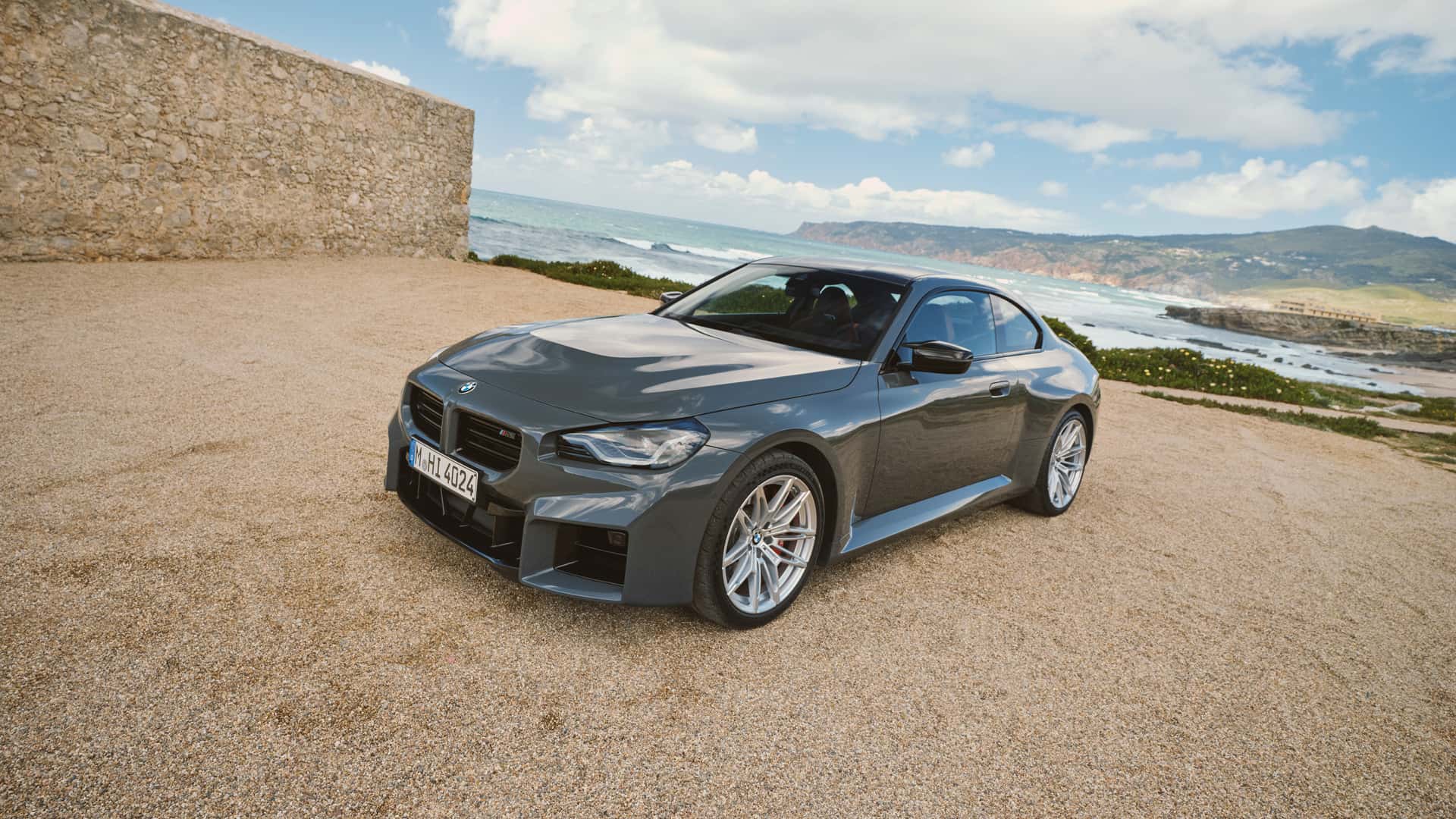It’s no secret that the new Subaru Solterra unveiled today is essentially the same as the Toyota bZ4X that had its global debut earlier. It’s the same thing as the Toyota GR86 and Subaru BRZ, which the two companies developed jointly and which is probably necessary because of the volumes. With this new battery electric vehicle (BEV), both companies are entering a new era of high-volume pure electric vehicles that will likely become mainstream by the end of the decade and certainly in the next decade.
Being a joint project, the key structural elements are shared so the Solterra would use the e-TNGA architecture of the bZ4X. TNGA stands for Toyota New Global Architecture and is used for virtually all its latest models. How much involvement Subaru had in the e-TNGA, which is a BEV-dedicated platform, is unknown and just to differentiate its product, it calls the platform the e-Subaru Global Platform.
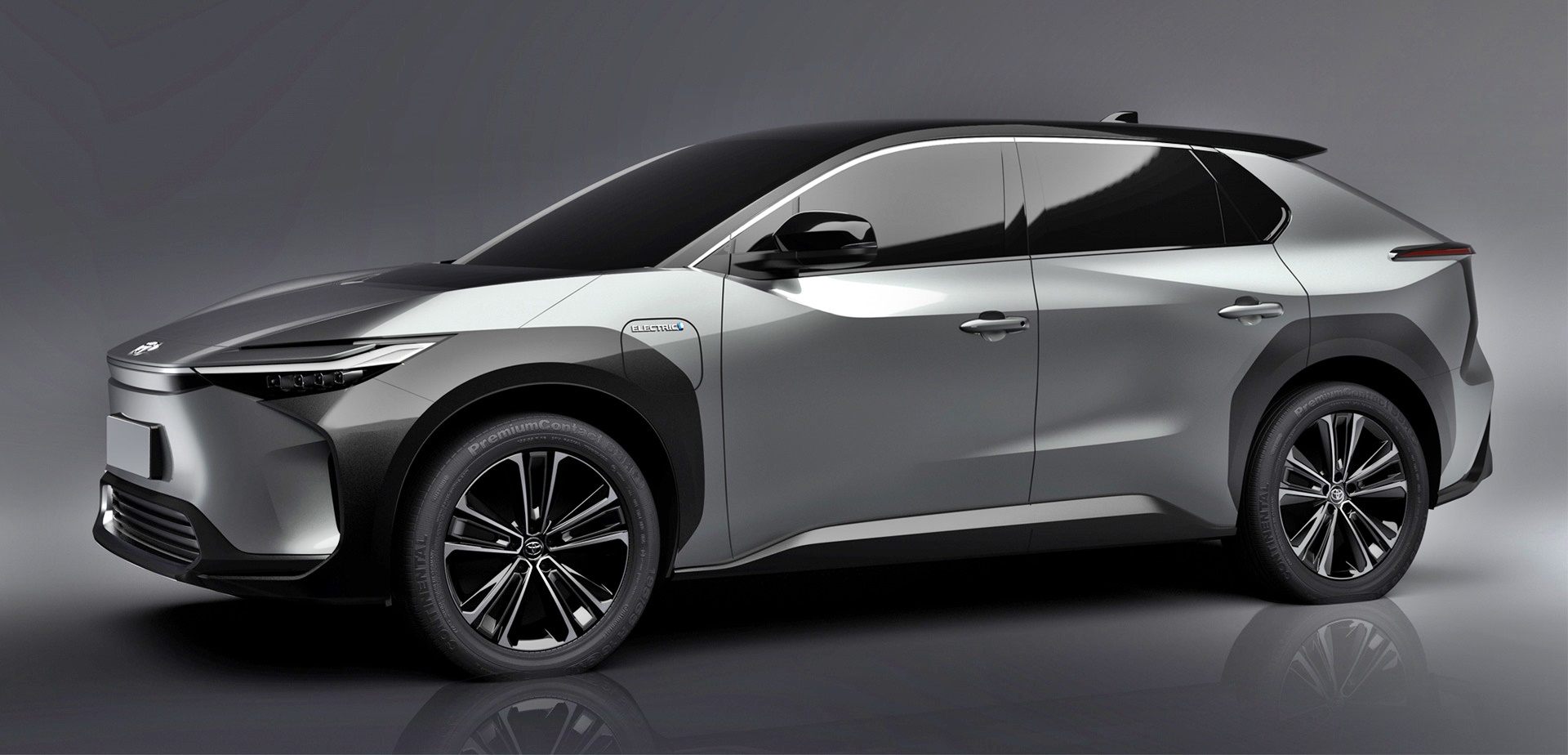
Slightly different styling
Like the Toyota model, the Solterra has sharp lines and futuristic styling. Its look certainly makes a statement that it is a different sort of vehicle (which, being a BEV, it is). The SUV profile is the same as the Toyota but as is the usual case in shared models, things like the lights and front end have different styling, along with the wheels.
In the case of the Solterra, the front end has a hexagonal shape where the grille would be. There is no grille, since there is no radiator to be cooled, so it is just a flat panel. But the styling is rather messy, like loose jigsaw puzzle pieces and the intake vent along the lower section does not help make things any better.
The headlights are more expressive with distinctive DRLs around 4 LED cubes. The rear lights also differ from the Toyota’s a bit but there is a similar light strip that runs the width of the body.
One of the areas that would certainly be identical is the powertrain with high capacity 71.4 kWh battery packs placed under the floor. Being part of the structure, the battery pack positioning helps in body rigidity as well as lowers the centre of gravity which helps stability and driving dynamics.
FWD and AWD
There will be front-wheel drive and all-wheel drive versions, the latter providing AWD by having a second motor at the rear axle. Total system output is 160 kW with two motors, and 150 kW with a single motor. Factory tests have achieved ranges of around 530 kms and 460 kms for the FWD and AWD versions, respectively. Subaru doesn’t mention recharging time but for the Toyota model, an 80% charge is said to be possible within 30 minutes with a DC fast charging outlet.
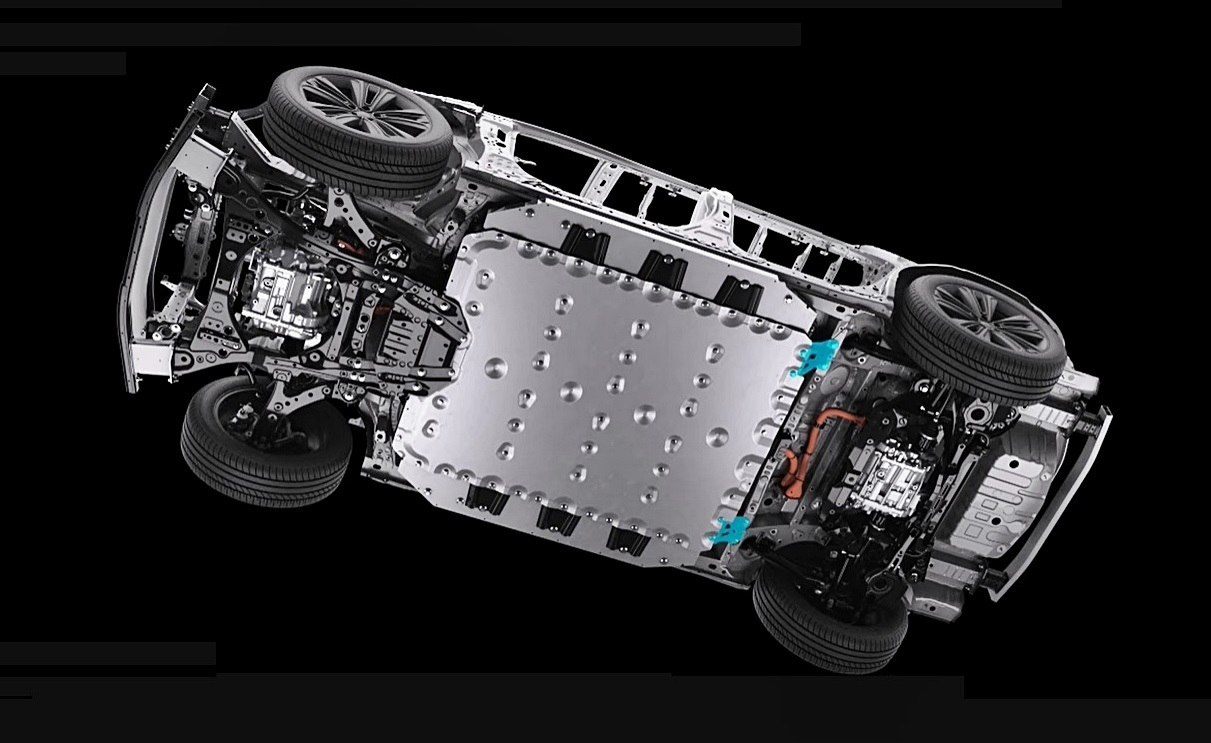
Subaru has had long expertise in AWD, having been a pioneer among Japanese carmakers, so its long experience and knowledge would probably have been drawn upon for developing the drivetrain. Like the other SUV models, the Solterra has an X-MODE AWD control system that enhances the sense of security on rough roads. By adding the new Grip Control function, which enables the vehicle to run at a constant speed while stabilizing the vehicle even on rough roads, the capability is further enhanced.
Identical cabin layout
Inside the SUV, if you remove any brand identification, it would be hard to tell whose model it is. However, Subaru has not shown that it will offer the unusual yoke-like steering wheel that the Toyota has (initially for China) and provides a conventional circular one.
It is hard to have different designs for dashboards since the platform fixes many elements like vents and aperture sizes for various displays. To be very different will mean extra cost as the order to the supplier will be smaller so it is practical from the cost point of view to just have common parts and differentiate with colour and trim.
The whole dashboard is set low while the instrument panel is positioned high ahead of the steering wheel. The higher position of the panel allows the driver to view the meters while also keeping eyes on the road ahead. Over at the centre is a large tablet-like panel which shows other information and route guidance.
Subaru plans to begin selling the Solterra from the middle of 2022, which is also the same time that Toyota will start sales of its bZ4X. While the Toyota GR86 is made at Subaru’s factory alongside the BRZ, the Solterra will probably be made at a Toyota factory in Japan and perhaps also in China. Initial markets will be Japan, China, North America and Europe. Now that the Malaysian government is willing to allow duty-free import and sale of BEVs, perhaps Motor Image will be considering offering the model. However, it would also have to consider the potential volume since, as an official distributor, it will have to invest in providing full aftersales support.
Toyota reveals details of production bZ4X EV to be launched in mid-2022 (w/VIDEO)



